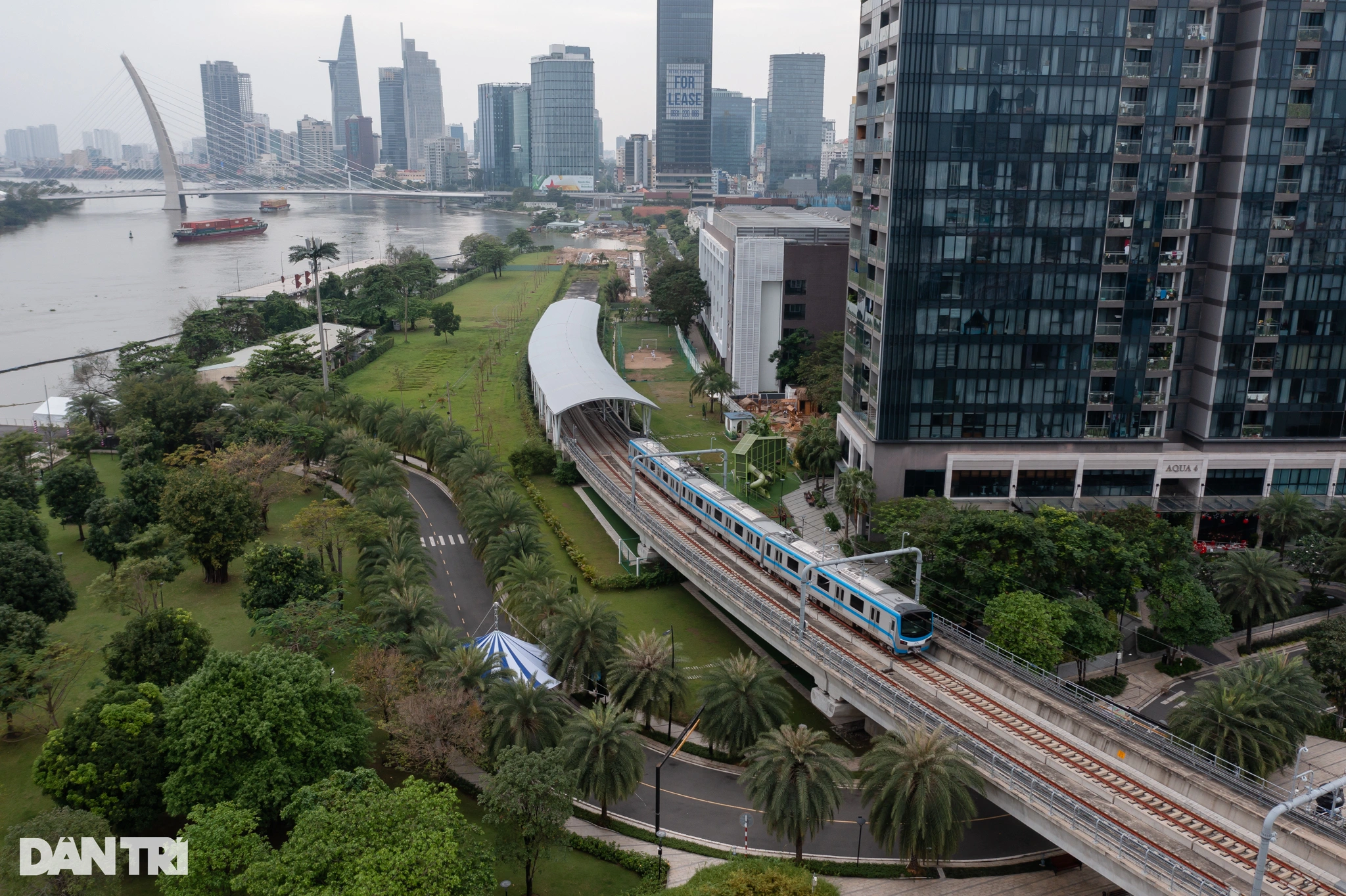
12 years of construction, 5 delays to completion, and a final year of sprinting are symbolic milestones associated with the Ben Thanh – Suoi Tien metro line 1. The moment the first urban railway line of Ho Chi Minh City is officially inaugurated, let’s look back at the special journey that this project has gone through (Photo: Nam Anh).
From sketch to project formation
The idea of building an urban railway network for Ho Chi Minh City was raised in the late 90s. It was not until the 2000s that the first metro line was put on the agenda. During this time, seminars between domestic and foreign scientists and experts took place continuously to determine the route, length and construction plan of this metro line No. 1.
In 2007, the project was first approved with a total investment of more than 17,000 billion VND. However, in 2011, the total was adjusted to more than 47,000 billion VND, an increase of 30,000 billion VND, partly due to the extension of the route to the new Eastern Bus Station and the update of construction and site clearance prices. Of which, ODA loans from the Japan International Cooperation Agency (JICA) were more than 41,800 billion VND, the rest was from the city budget.
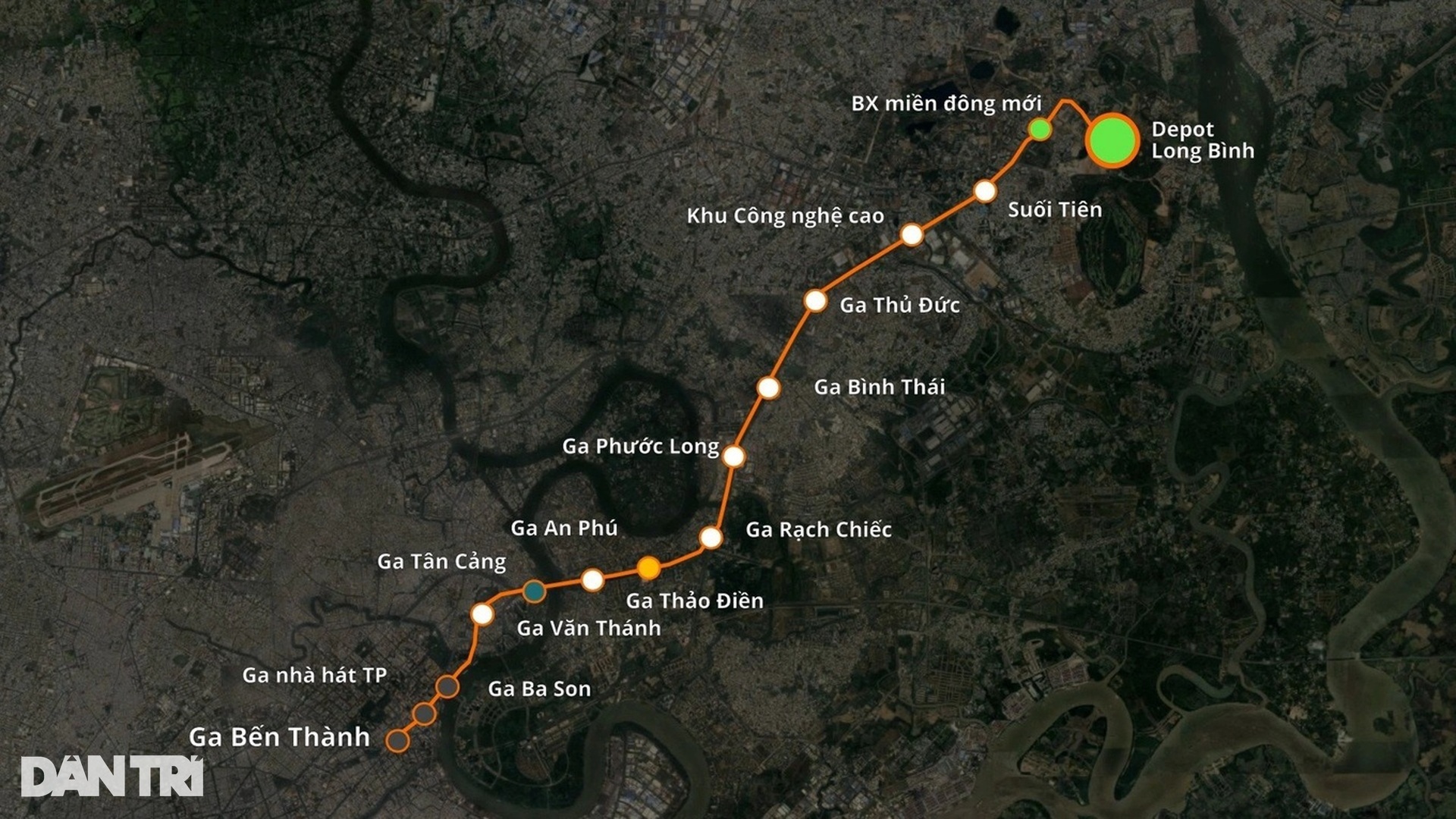
Metro Line 1 has a route of nearly 20km, passing through districts 1, 2, 9, Binh Thanh, Thu Duc (HCMC) and Di An district ( Binh Duong ). This route has about 2.6km underground with 3 underground stations and more than 17.1km above ground including 11 above ground stations.
One year later, in February 2008, the 24-hectare depot in Long Binh Ward (District 9) of the Ben Thanh – Suoi Tien metro line began construction. And then it took 4 years, until August 28, 2012, that the most important part of the project (the main line) was officially started.
First Milestone
On August 28, 2012, the Ben Thanh – Suoi Tien metro line No. 1 project officially started construction of the 17.1 km long package No. 2. This milestone marked the first step in the construction of metro line No. 1.
Construction package number 17.1km above ground from the intersection between Ba Son underground station to Van Thanh station along the vertical axis to Suoi Tien station, construction of Long Binh depot (technical maintenance station for locomotives and carriages).
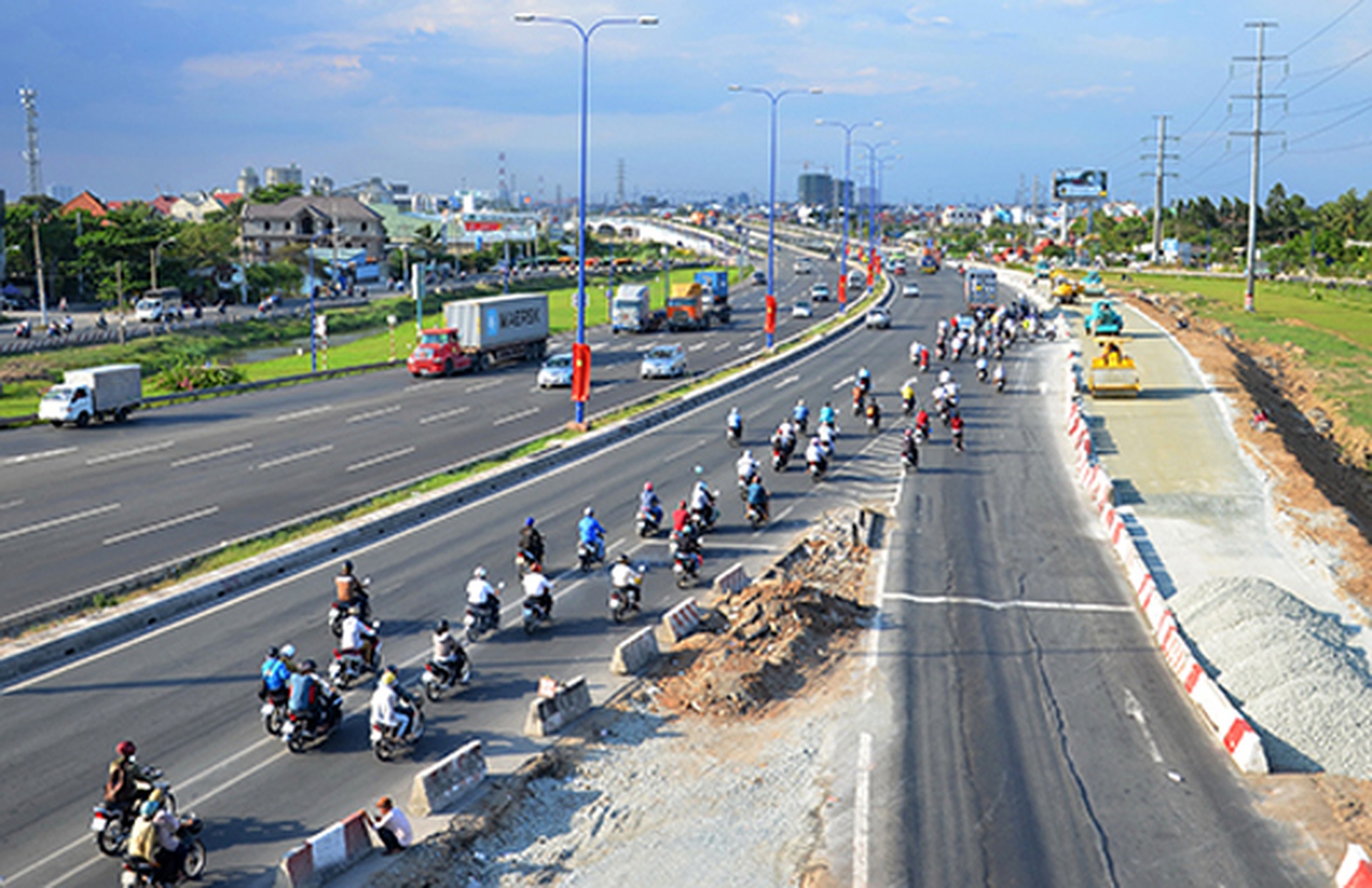
At this time, Ho Chi Minh City expects metro line 1 to be completed and put into operation in 2018, as a driving force for the implementation of subsequent lines. When the metro operates synchronously, it will be the main means of public transport, connecting large-volume passenger transport. At that time, buses will no longer be the main means of transport (Photo: AX).
Surrounded by difficulties
However, after nearly 2 years since the project started, the site has not been cleared. According to the contract signed with the Sumitomo – Cienco 6 Joint Venture, the investor must hand over the entire construction site by the end of 2012 at the latest.
However, at this time, the progress of compensation and site clearance is delayed because there is still one enterprise that has not been relocated, Vinh Phat Trading and Service Company Limited (Vinh Phat Company) with nearly 20,000m2 of land in Binh Thang ward, Di An town, Binh Duong province.
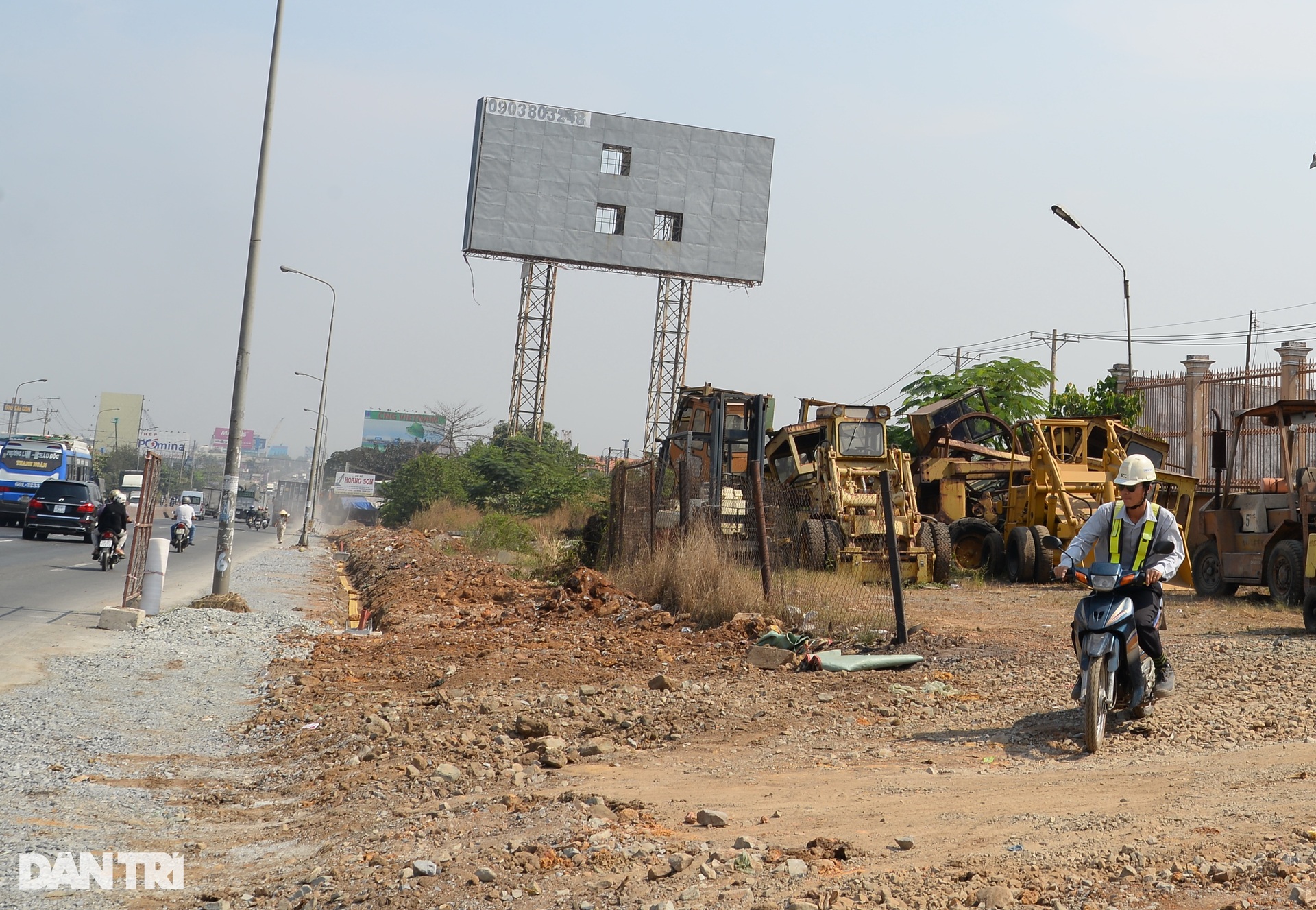
By 2015, the land issue had not been completely resolved. Ho Chi Minh City faced a fine of more than VND2.5 billion per day due to the contractor’s request for compensation. Afterwards, the Urban Railway Management Board had to negotiate with the contractor Sumitomo – Cienco 6 to reduce the fine (Photo: Huu Khoa).
7 years to build station, underground line
July 2014 was the time when rows of "hundred-year-old" trees in the center of Ho Chi Minh City were cut down and relocated to create a ground for the construction of Package 1B, the underground station of metro line 1 from Ho Chi Minh City Theater station to Ba Son station.
Among them, the row of ancient trees in front of the City Theater; the row of ancient trees on Le Loi Avenue and the willow roundabout at the Nguyen Hue - Le Loi intersection that had existed for more than 100 years were also removed.
Many tourists and residents of Ho Chi Minh City expressed regret and stood for hours watching the relocation and uprooting of ancient trees.
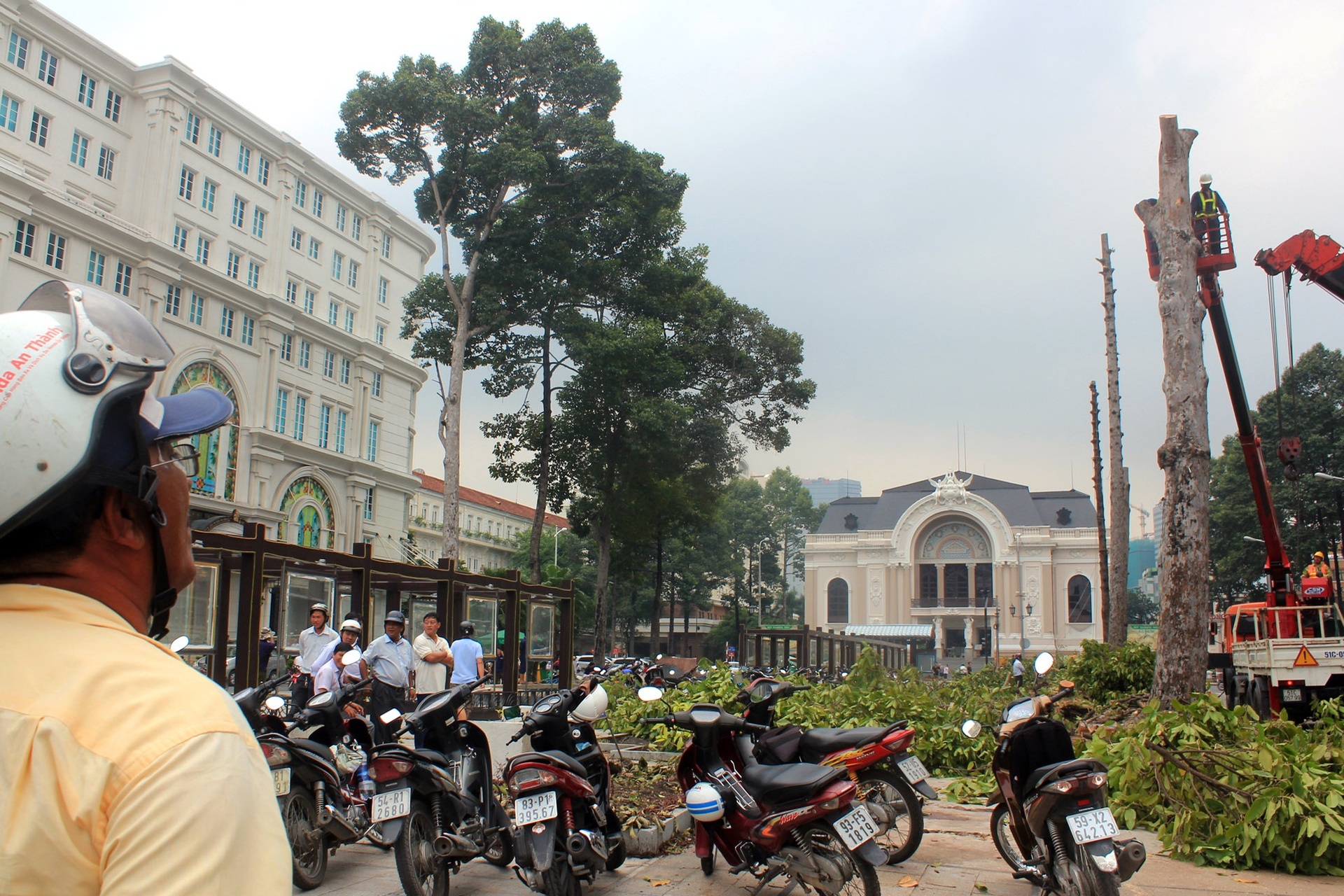
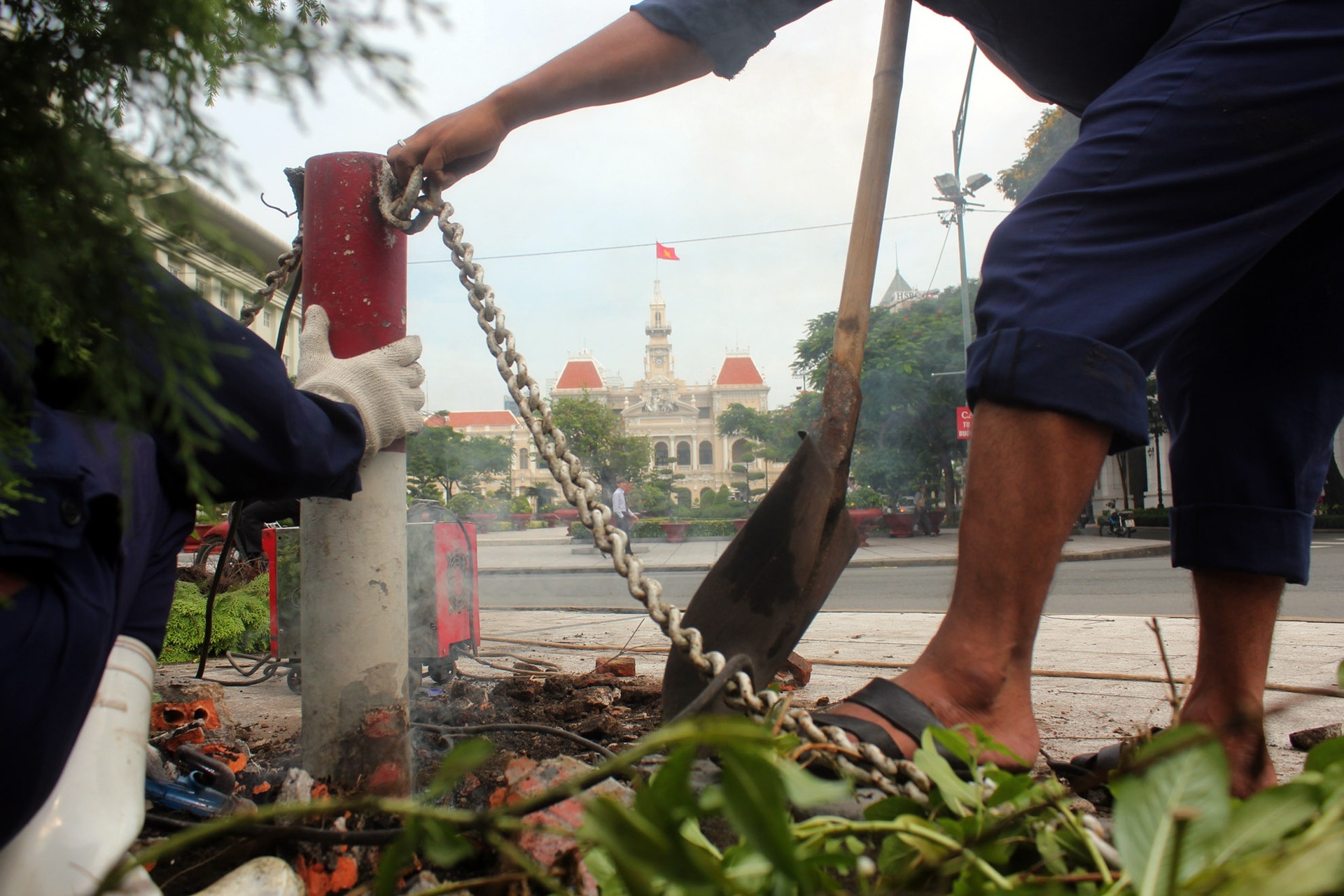
Immediately after the relocation of the hundred-year-old trees, the ground in the center of Ho Chi Minh City was almost turned upside down. The entire Nguyen Hue - Le Loi intersection was like a large construction site full of concrete, steel, machinery and rows of corrugated iron fenced firmly (Photo: Le Quan).
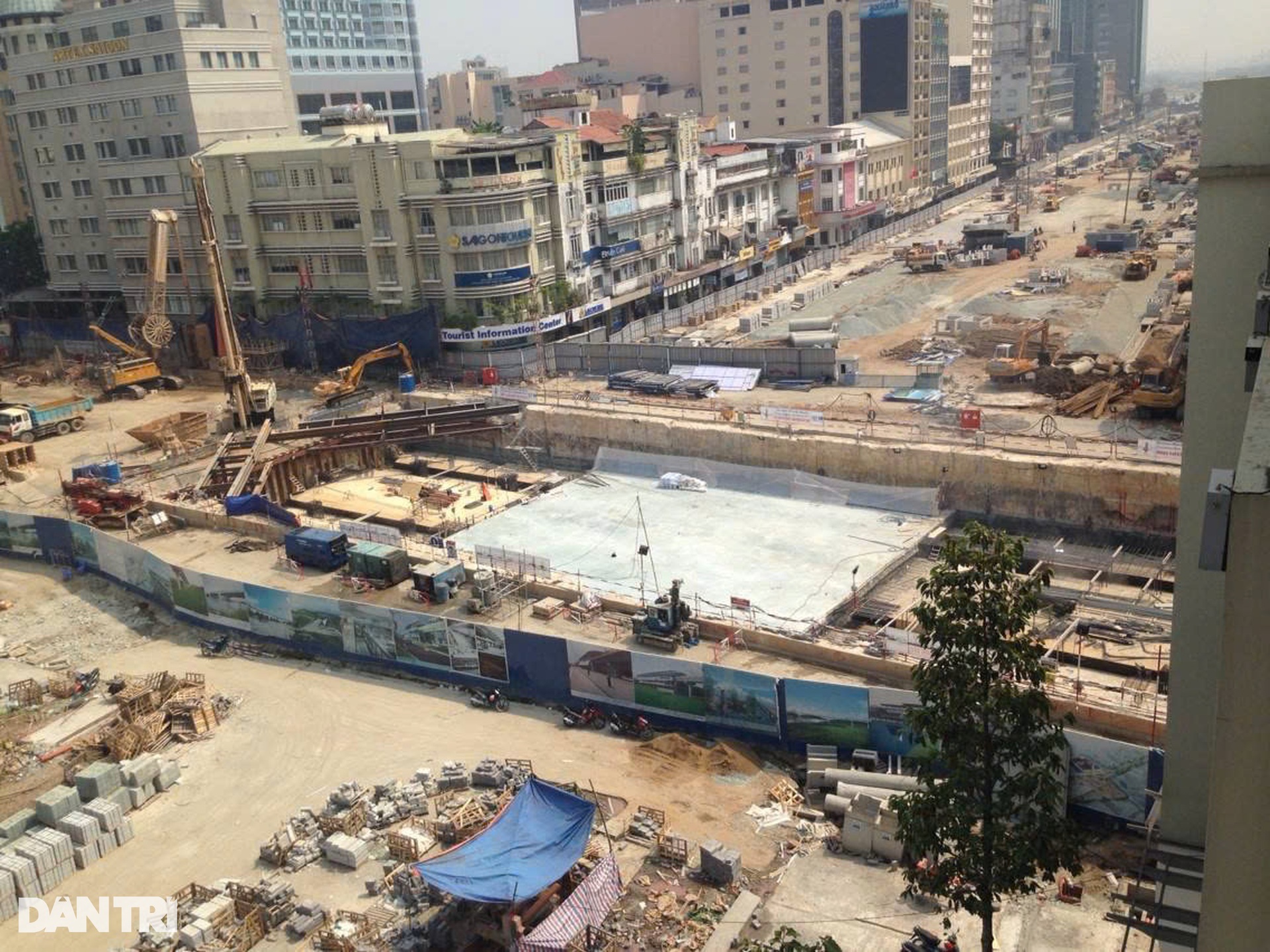
Right in the heart of the city, machines and people are mobilized to work with the utmost urgency. In just 7 short months, the ground on this massive construction site must be restored to celebrate the 40th anniversary of the country's reunification.
The construction of Ho Chi Minh City Theater Station is 190m long, 26m wide, including four floors (two passenger waiting floors and two platform floors) with a depth of 40m, using the top-down method (construction of diaphragm walls and support piles first, then excavation and construction of floors from top to bottom) to minimize the risk of subsidence.
Two years later, on the morning of November 17, 2016, the Ho Chi Minh City Urban Railway Management Board continued to break ground on Package 1A. This is the final package of Metro Line 1, including Ben Thanh Central Station and the 515m underground section of the City Theater Station (Photo: Phan Huu Duy Quoc).
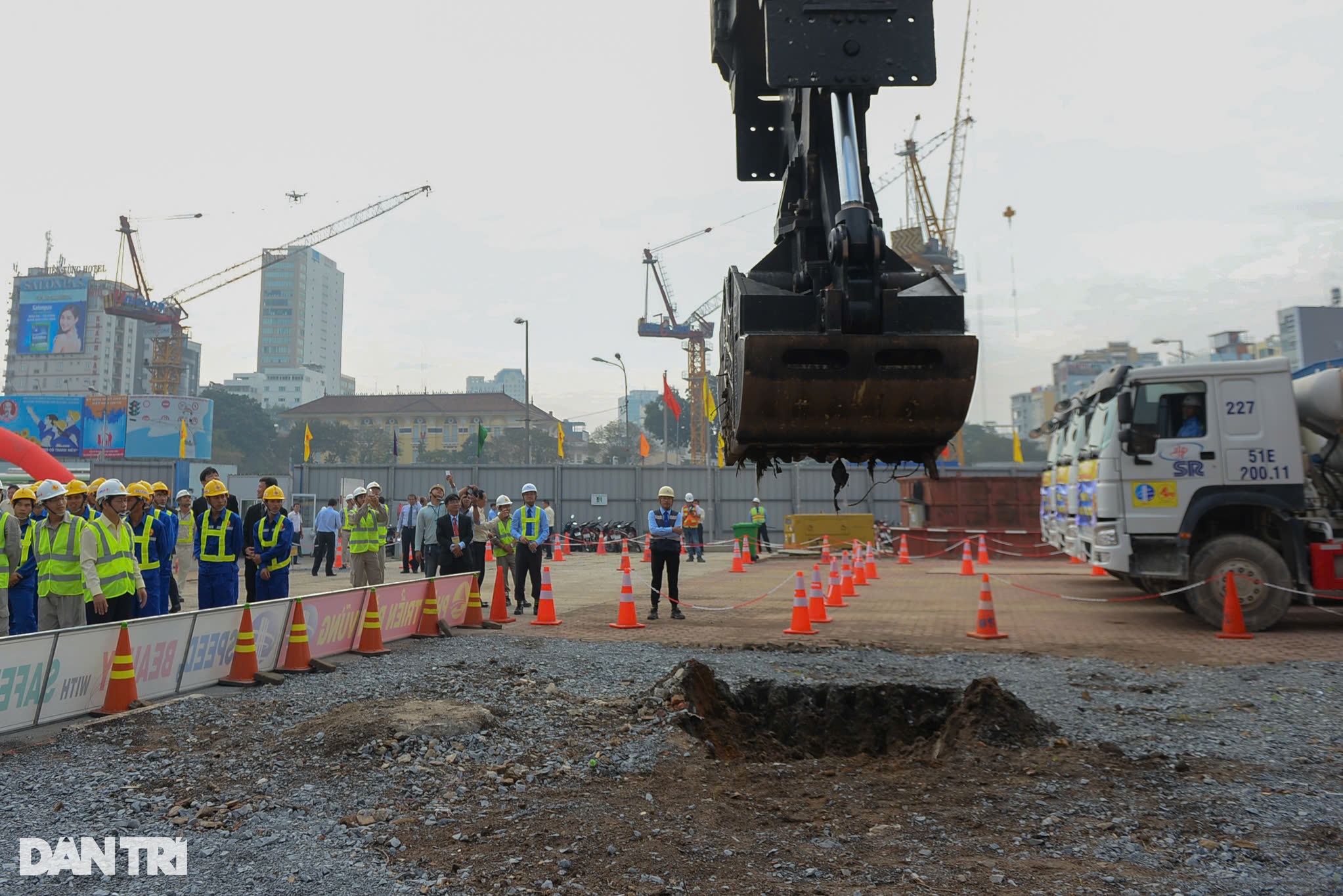
The final package (1A) marks a very important moment for the Ben Thanh – Suoi Tien metro line. The completion of this package means that the entire project is also completed and put into operation (Photo: Huu Khoa).
Ben Thanh Station has 4 underground floors, the deepest of which is about 30m. The first floor is the toll hall, station office, and station machine room. The second floor is the platform of Line 1. The third floor is the toll hall for future transfer. The remaining floors are the platforms of connecting lines.
In addition to its function as a traffic connection hub between subsequent metro lines, Ben Thanh central station also has a commercial service system – the construction investment cost is nearly one billion USD (Photo: Huu Khoa).
On March 18, 2017, the modern underground boring machine TBM from Japan was first brought to Ho Chi Minh City to be assembled for package 1B, the underground section from Ba Son station to Ho Chi Minh City Theater station. The TBM shield boring machine is 70m long and weighs 300 tons.
The TBM robot is located at a depth of 17m underground. This is a combination of excavators that can perform tunnel construction projects using the earth pressure balance method.
Due to the narrow terrain conditions of the construction site, each part of the robot was transported to the construction site separately, then the robot's parts were lifted underground for workers and engineers to assemble. Installing the drill head is the most complicated and important step in the tunneling process, and this part of the work took nearly 2 months to complete (Photo: Huu Khoa).
After 2 months of installation, on the morning of May 26, 2017, Ho Chi Minh City People's Committee held a ceremony to start drilling TBM from Ba Son station to City Theater station.
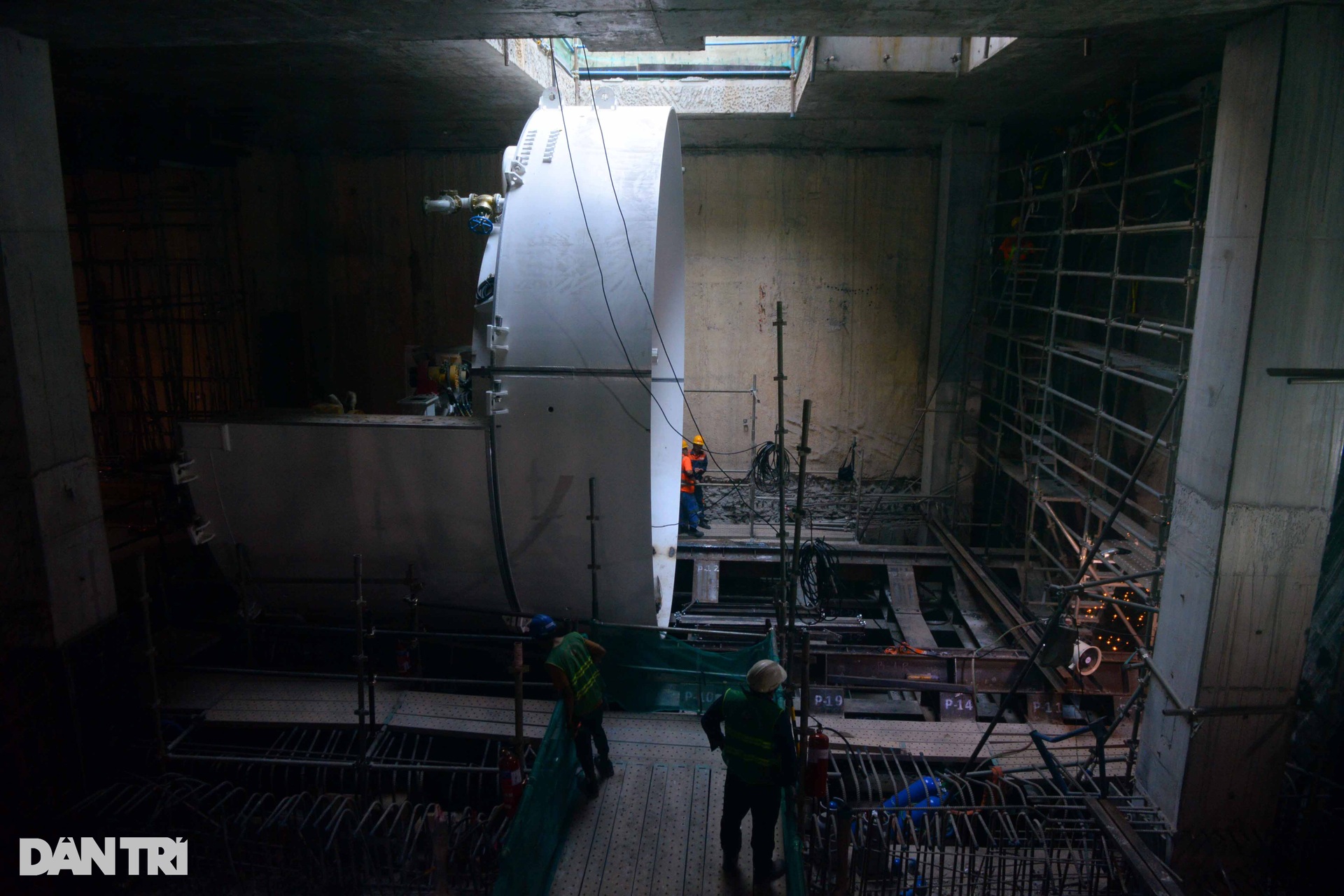
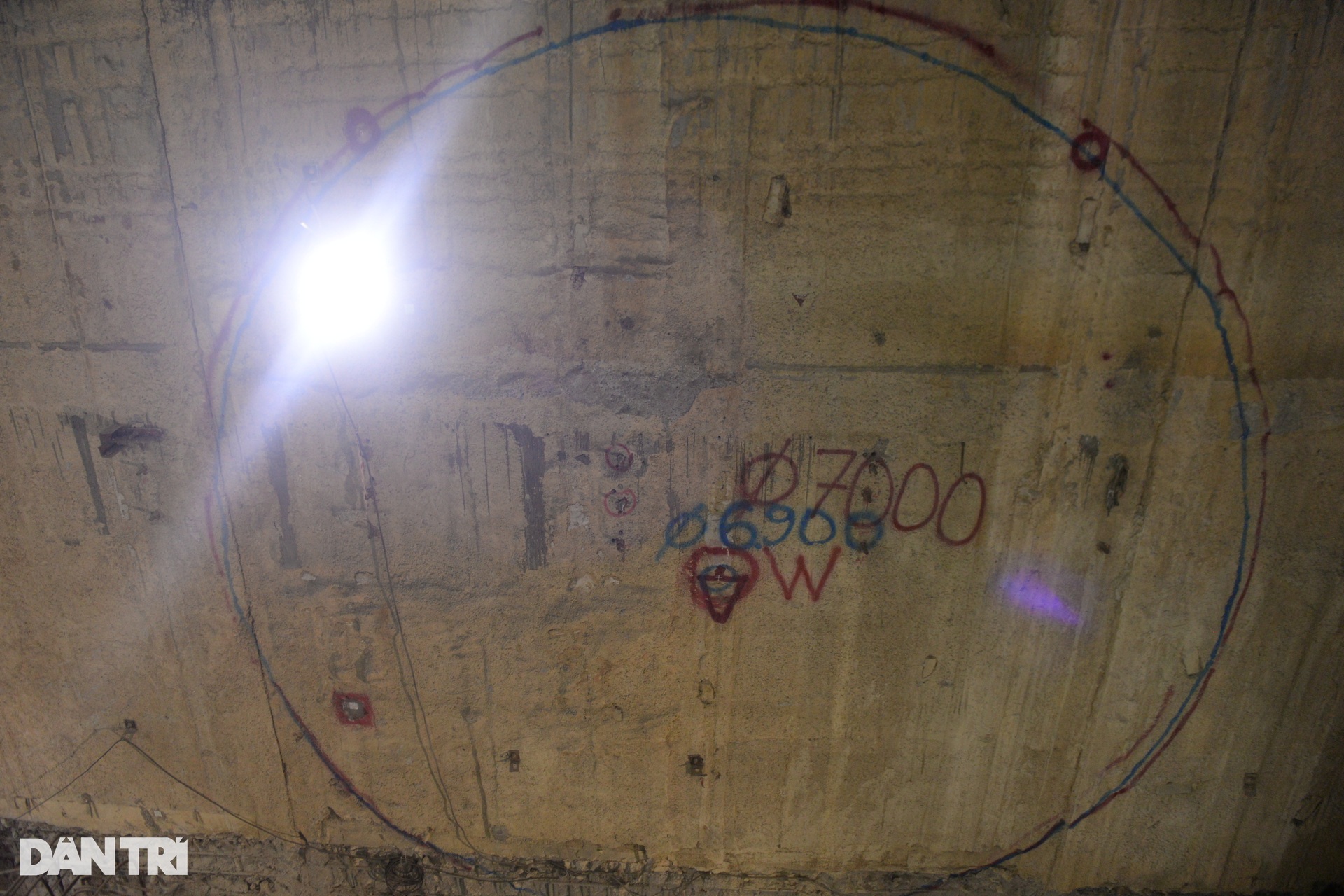
The drill bit, nearly 6.79m in diameter and 8.30m long, was safely lowered into the ground and positioned in the construction preparation position. On the earth wall, the ink mark (circle) is the diameter that the TBM will penetrate, starting the journey of digging 781m of tunnel (Photo: Huu Khoa).
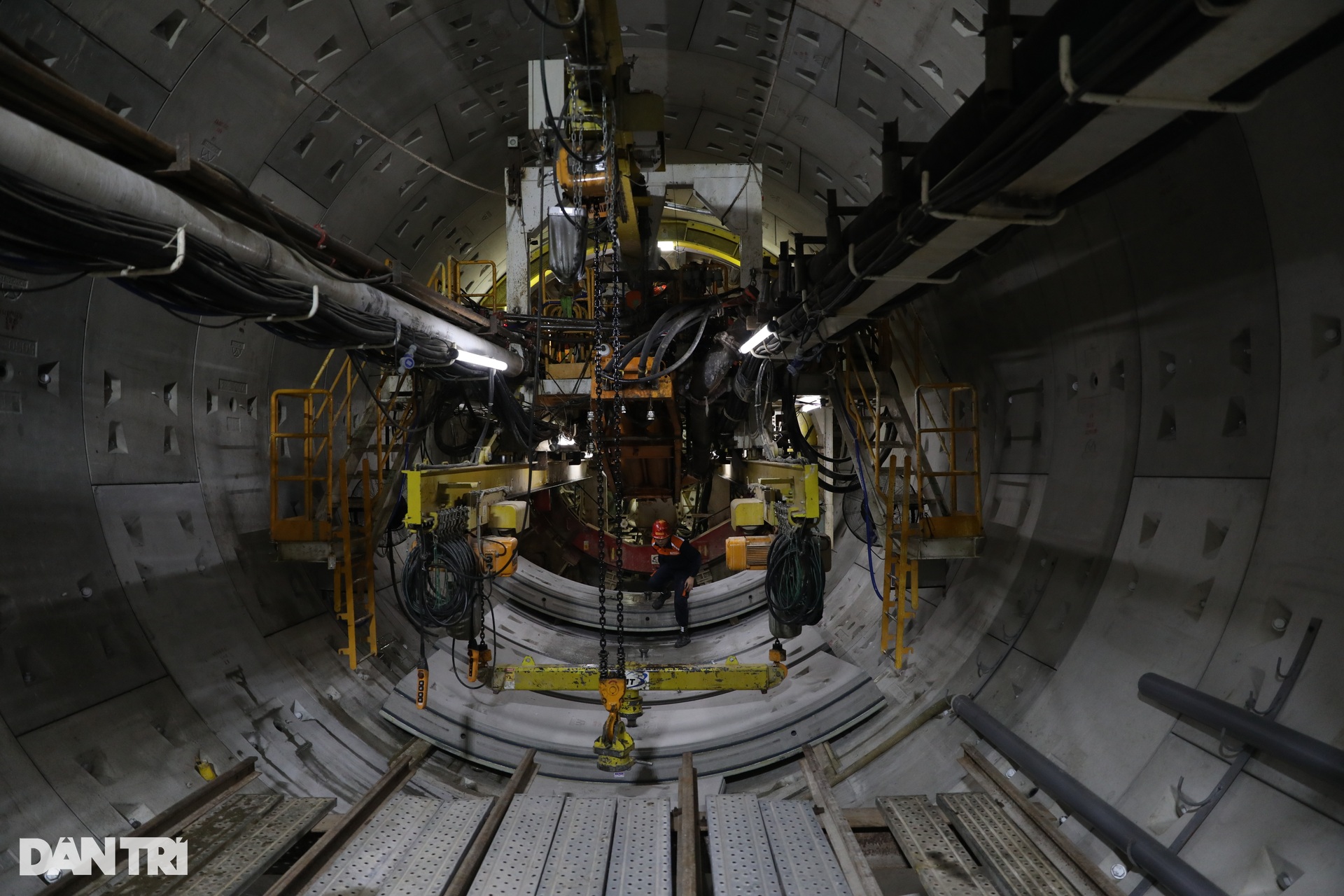
The main drilling rig head is 12.5m long, with drill bits installed in front of the tunnel mouth. The support ring and drill bit have a diameter of nearly 6.79m and a length of 8.30m (Photo: Huu Khoa).
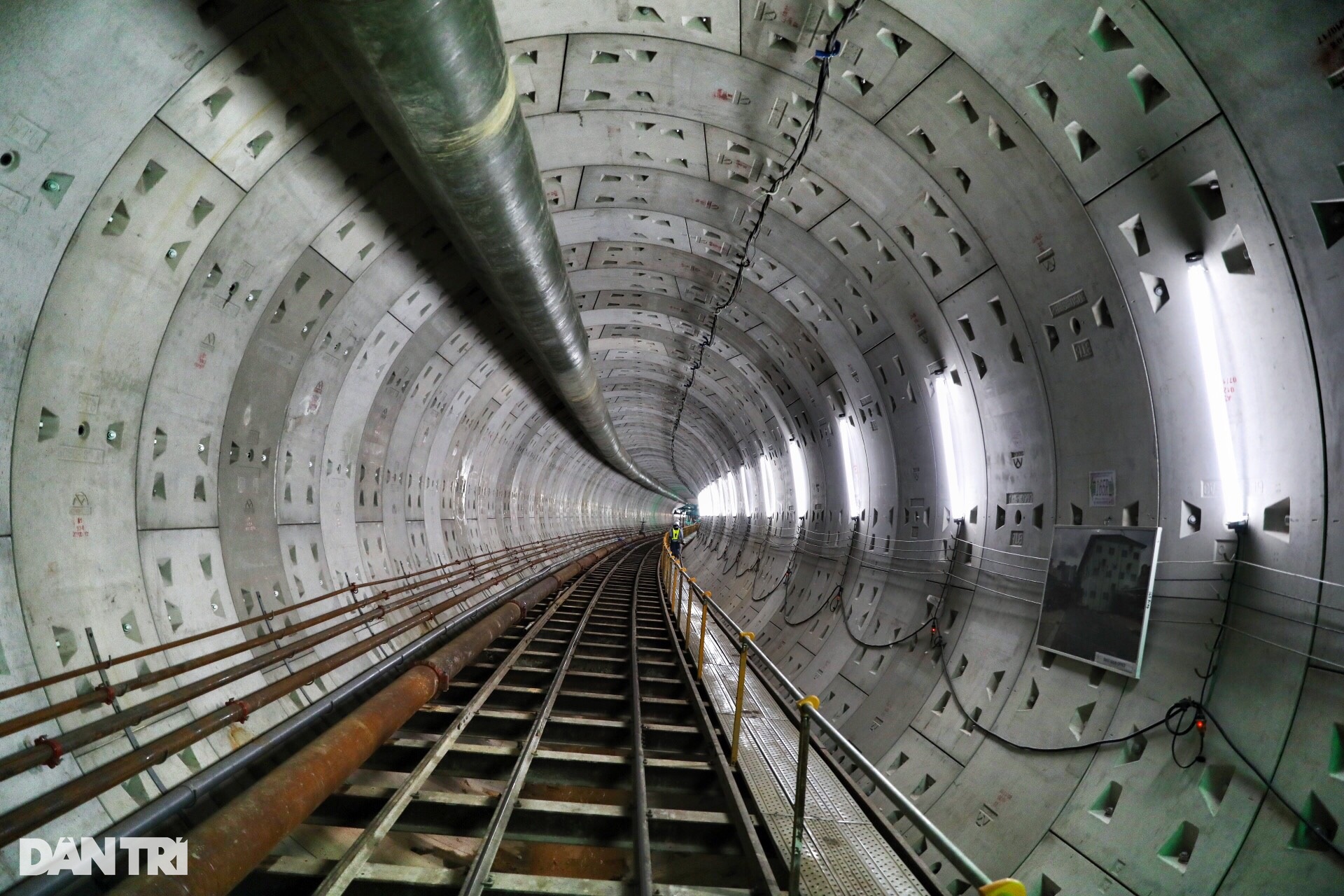
Each day, the TBM robot drills 12m of tunnel. During the digging process, the soil is transferred to a conveyor belt and crushed into a liquid slurry. Next, through the filtration system, water is separated for reuse for construction purposes and the sand is transported out of the construction site.
TBM operates deep underground and at a safe distance from the protection corridor of the construction above. Because it operates underground, the machine is not affected by the weather outside.
Wherever the drilling machine goes, the tunnel lining (which is assembled reinforced concrete panels) will be assembled to avoid landslides and rocks above (Photo: Huu Khoa).
Successfully dug the first tunnel section
After about 5 months, on October 31, 2017, the Ho Chi Minh City Urban Railway Management Board and the Shimizu - Maeda Joint Venture (Japan) held a ceremony to welcome the TBM tunnel boring machine to the City Theater station, marking the completion of the East tunnel boring work of the Ba Son underground section.
This tunnel runs from Ba Son station, across Ton Duc Thang, Ngo Van Nam, area 3a Ton Duc Thang, Nguyen Sieu, Hai Ba Trung, between the City Theater and Caravell Hotel, across Dong Khoi Street to the City Theater station.
The moment the drill bit went through the hole in the City Theater's manhole, made all project participants, from engineers and experts from Japan and Vietnam, cheer with joy.
This is considered the most unforgettable moment in the journey of constructing the underground station on the first urban railway line of Ho Chi Minh City.
After completing the drilling of the eastern tunnel, the TBM was dismantled and brought to Ba Son station to be assembled to continue drilling the western tunnel, creating two single tunnels with a length of 781m (Photo: Phan Huu Duy Quoc - Chu Son Binh).
The piers and girders are shaped.
After more than 3 years of construction (September 2015), the bridge piers like straight silk strips along Hanoi highway were quickly completed, waiting for the important stage, which is assembling the girder segments.
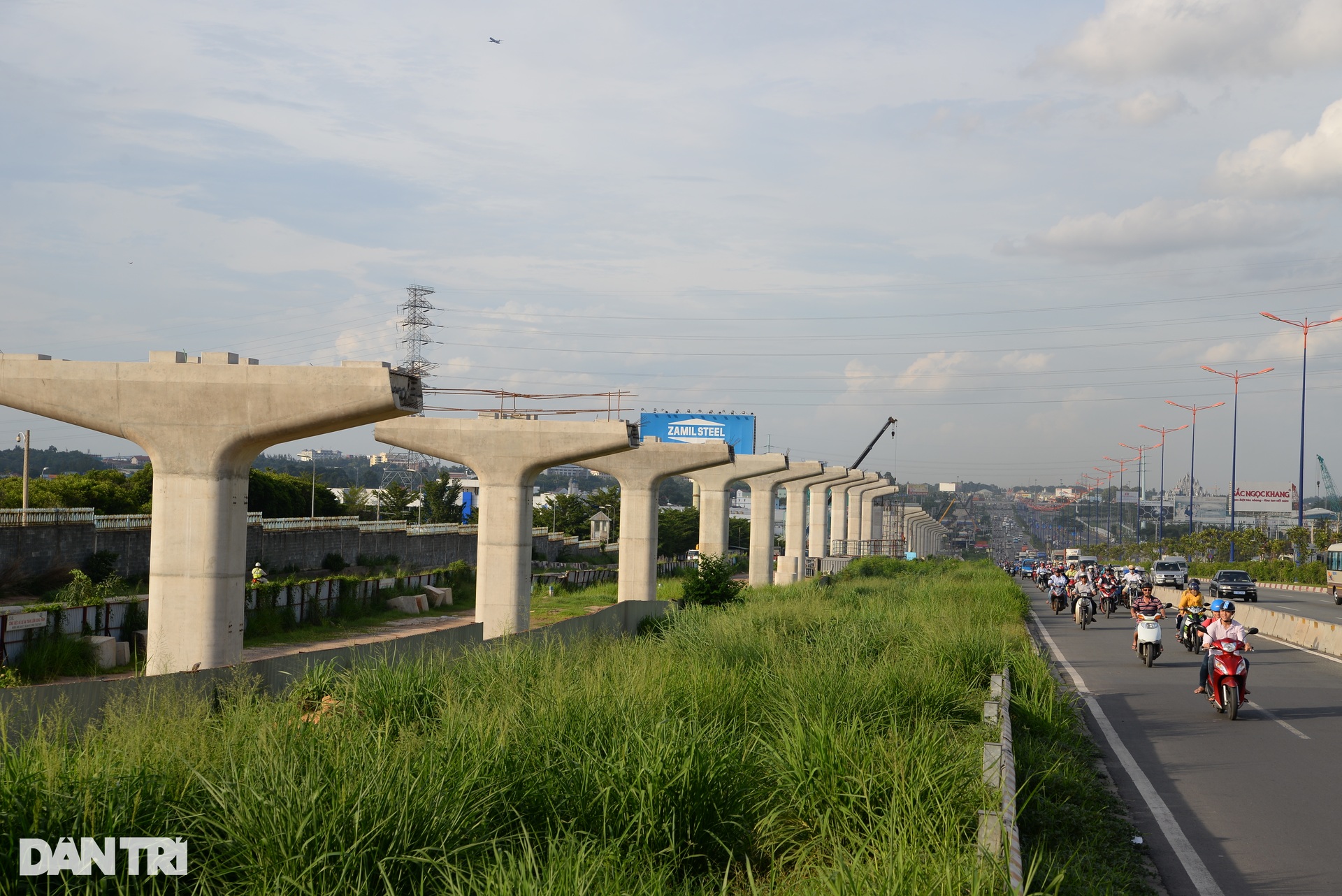
The construction of the bridge piers running parallel to Hanoi Highway from Saigon Bridge (old District 2) to Di An (Binh Duong) is convenient because it does not affect traffic in this area (Photo: Huu Khoa)
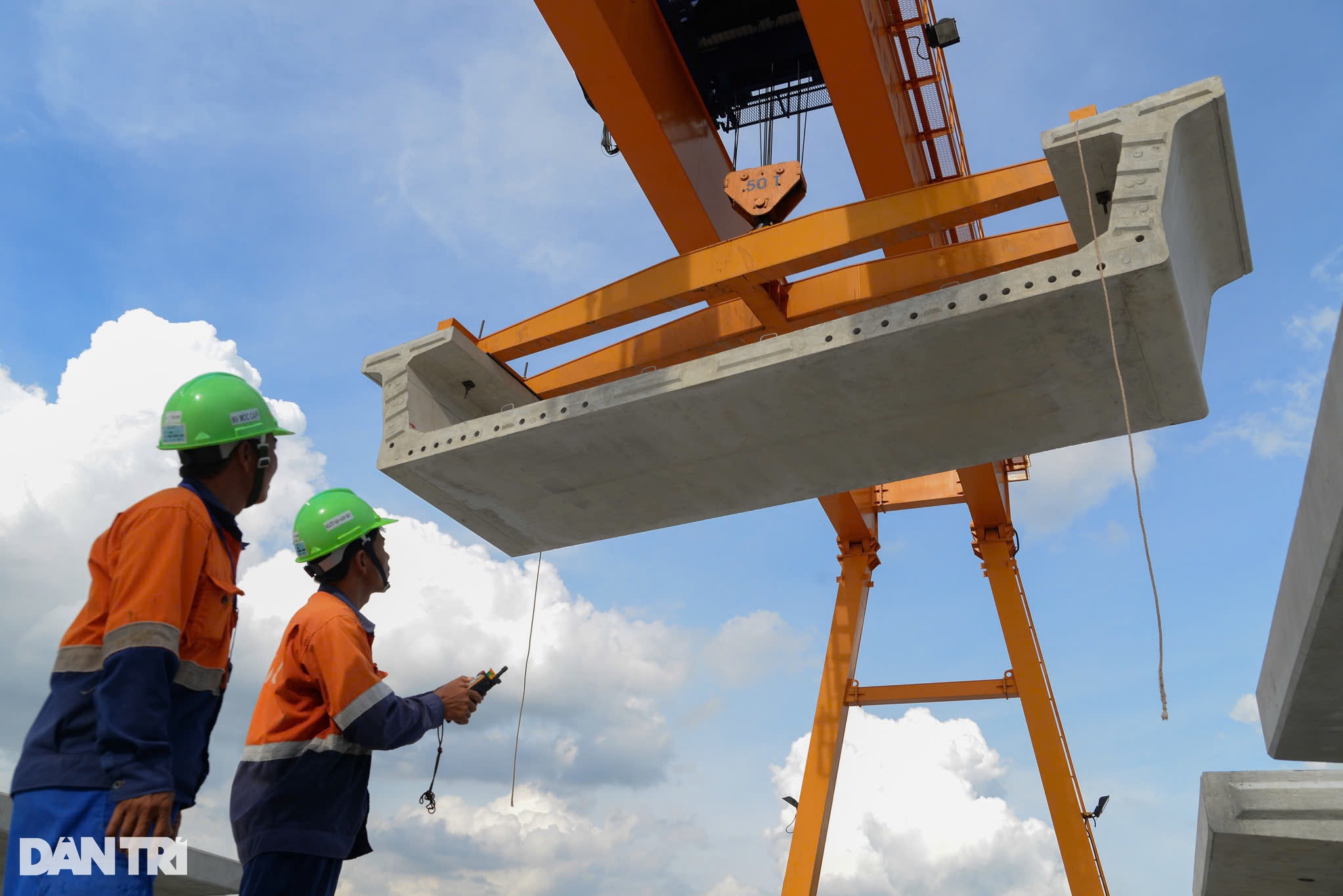
On June 4, 2015, the first girder segment of Metro Line 1 was installed using assembly technology on Hanoi Highway (formerly District 2, now Thu Duc City). This is a U-shaped girder, designed and constructed by Systra (France). The girder launching was carried out by the FVR Joint Venture.
The U-shaped cross-section beams were precast at the old District 9 casting yard and then transported to the construction site by specialized trucks.
The U-shaped beam designed by the French contractor is highly aesthetic and slim, and the two beam wings also act as a noise barrier.
The installation ceremony of the first girder slab on Hanoi Highway is considered one of the significant milestones of the project, with the participation and witness of many representatives of Ho Chi Minh City leaders, the Ministry of Transport and units participating in the project (Photo: Huu Khoa).
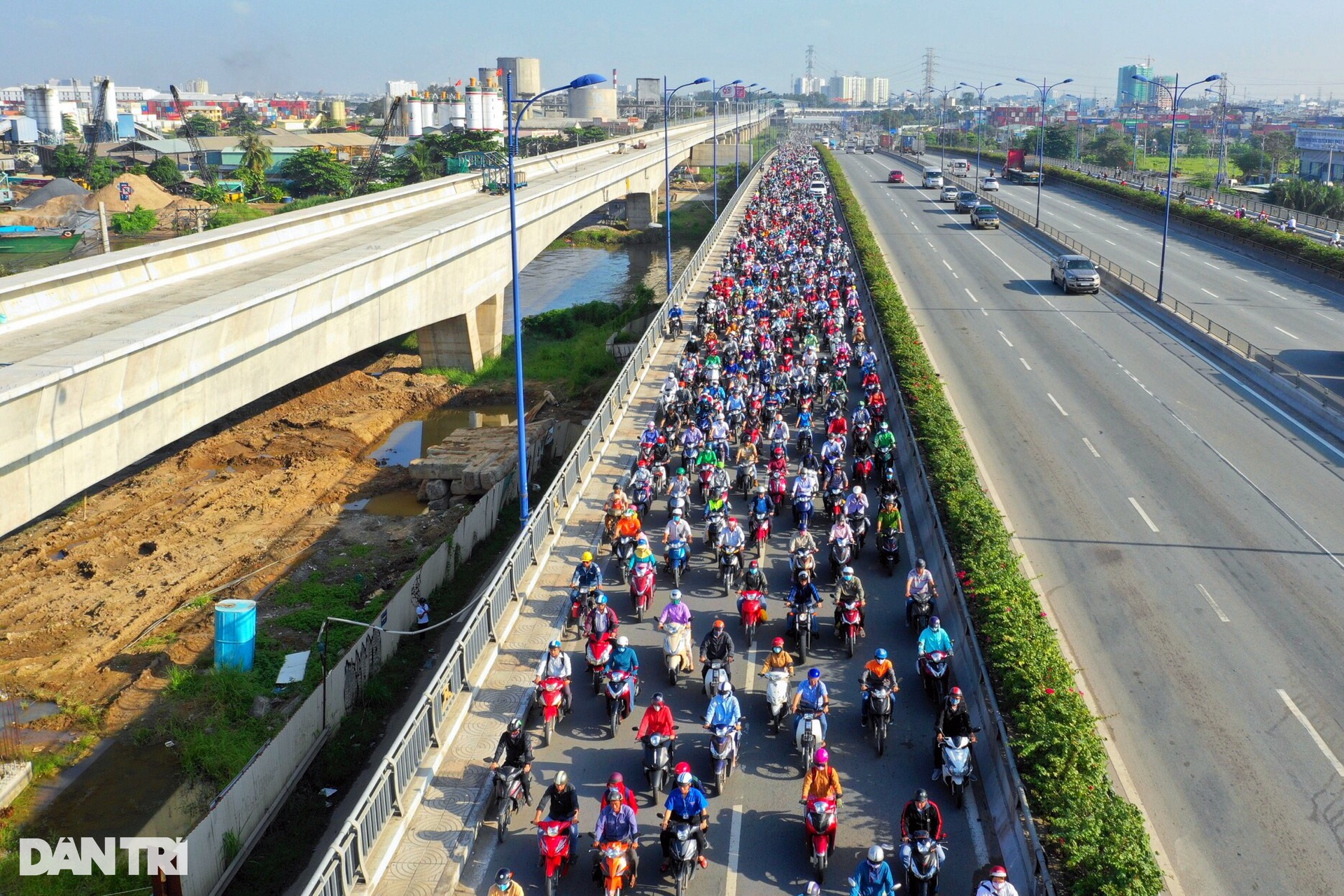
After 2 years, a total of 4,536 girder segments on the 14.5km long overpass over Hanoi Highway were assembled. At this point, the project has a completely “clean” site for construction and aims to operate the elevated section in 2018 so that people can use the metro 2 years earlier than the adjusted plan (Photo: Huu Khoa).
Delay completion
However, by June 2018, the project was at a standstill due to difficulties in site clearance and the need to adjust the technical design of the Ben Thanh underground station to integrate with other metro lines. These delays forced the operation time to be postponed to 2020.
The difficulties did not stop there. In December 2018, the project continued to be stuck in approving the adjustment of the total investment and lack of central funding, causing Metro Line 1 to fall into a serious state of funding shortage. The Ho Chi Minh City People's Committee had to advance the budget four times, totaling VND3,300 billion, to maintain progress, pay contractors and ensure the operation of the staff. However, the completion milestone in 2020 was still not achieved.
In the next 4 years, the project continued to delay its completion date 4 more times due to a series of reasons: arising incidents, the Covid-19 pandemic, contract and acceptance procedure problems... until the final completion extension was set by the Prime Minister in December 2024 (Photo: Huu Khoa).
Notably, during construction, on October 10, 2020, the Metro Line 1 project discovered that a rubber bearing at the P14-10 pillar of the VD14 overpass section (Ben Thanh - Suoi Tien route) was unstable and fell off the bearing stone. The incident caused the two ends of the beam to deviate from each other and the overhead rail to be damaged.
The incident was considered serious at that time. The State Acceptance Council had to request the investor to immediately inspect the overall status, evaluate the structural monitoring data of pier P14-10, neighboring pier as well as the load-bearing safety level, the life of the structure, then review all bridge bearings along the entire route and send a report to the State Acceptance Council (Photo: Thu Tran).
The damaged rubber cushion was then urgently replaced and the related cracks were temporarily repaired.
One year after the incident of the fall and displacement of the Ben Thanh – Suoi Tien metro bridge No. 1 bearing, the Ho Chi Minh City Urban Railway Management Board (MAUR – the investor) said it had to fix and reinforce 30 other bearing beams that could shift.
In November 2020, the investor MAUR organized at least 3 meetings between the NJPT Joint Consulting Consortium and SCC to urge units to submit incident reports.
However, it was not until 2 years later, on June 15, 2023, that the cause of the incident was determined to be due to a gap between the bridge bearing and the bearing stone and the temperature change between day and night. The significant temperature variation in the construction area caused both the rail and the beam to expand or contract, thereby increasing the possibility of bearing slippage.
Welcome the first train
On the morning of October 8, 2020, the first 3-car train of Metro Line 1 arrived at Khanh Hoi Port after 8 days of transportation from Kasado Port, Japan. The ceremony to welcome the train was carefully and detailedly prepared a week in advance.
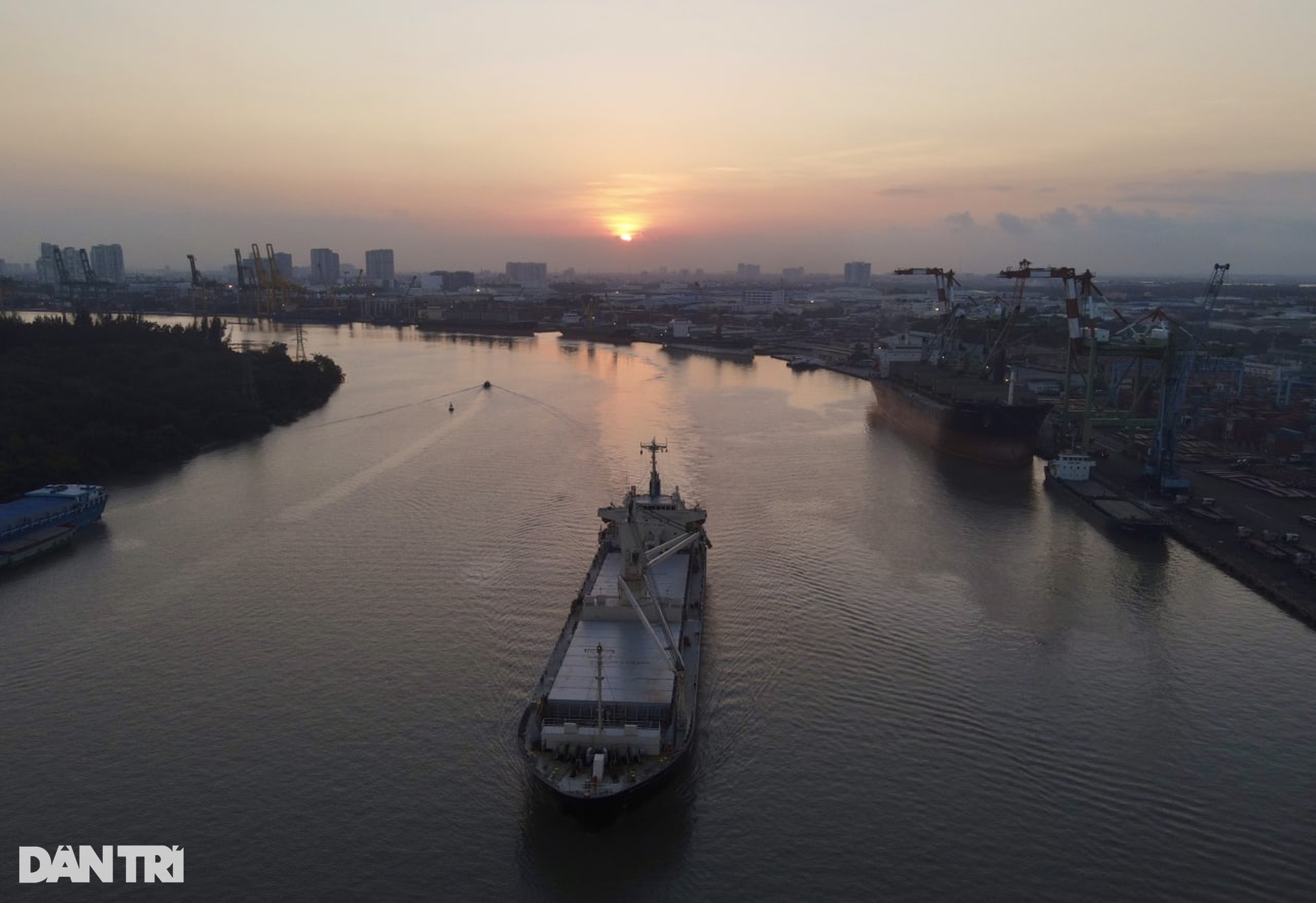
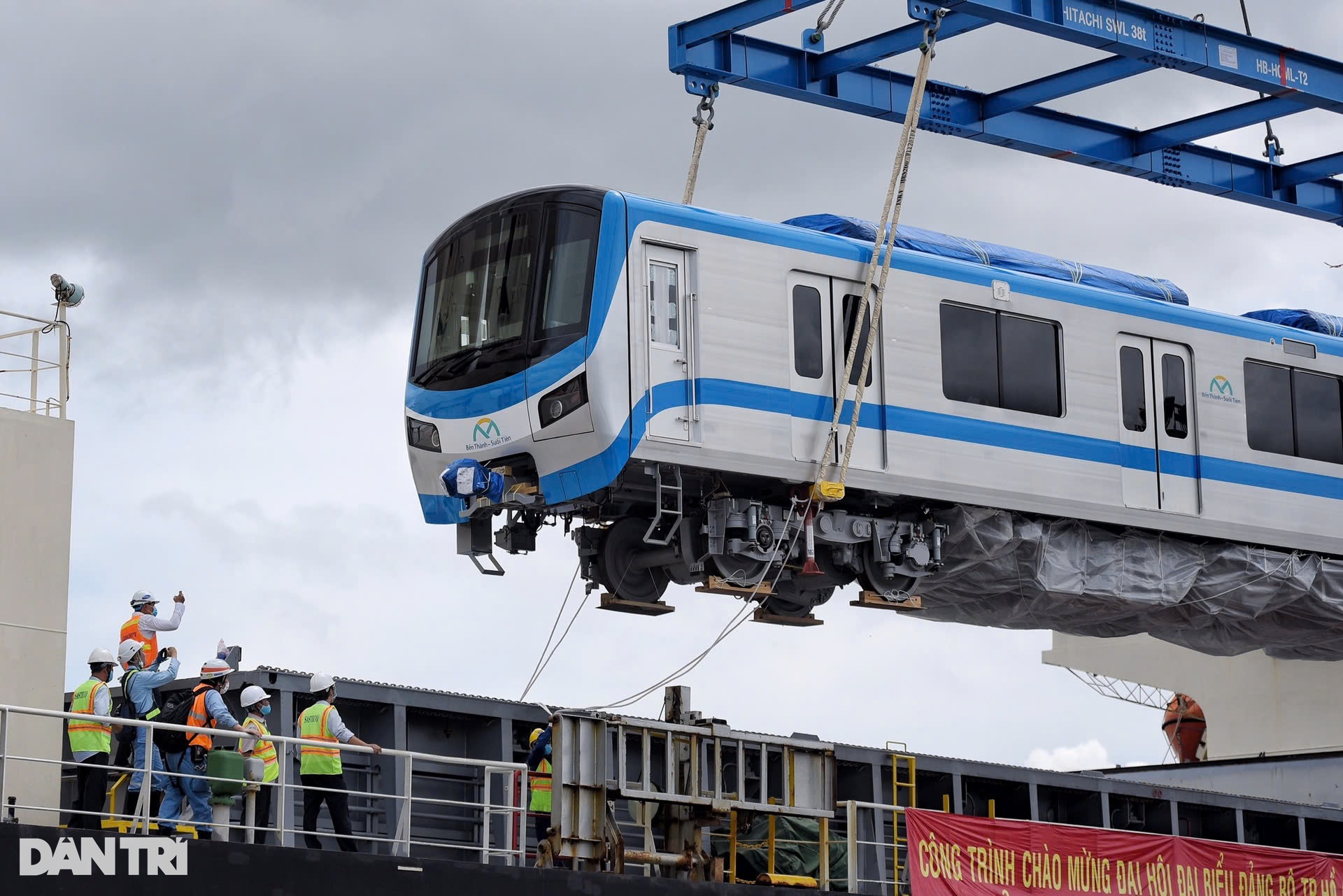
To remove the first train car from the cargo hold, nearly 100 expert engineers participated in unloading the train cars.
The unloading process takes at least 3 hours, and the process of the train touching the oversized and overweight vehicle takes about 30 minutes. The stages of pulling, unchaining, and lowering the train are meticulously performed. Engineers tie the train to the trailer floor of the oversized and overweight vehicle, ensuring that the transportation process does not have any incidents.
It took nearly 5 hours to complete the unloading of the first train.
At 6:00 p.m. on October 9, the train was unloaded at the wharf. Port security forces performed customs clearance. From midnight to dawn on October 10, the train cars were transported to Long Binh depot (Thu Duc City).
The vehicle has a carrying capacity of over 200 tons, a pulling capacity of 250 tons and is connected to specialized hydraulic trailers with 12 axles connected together. The permissible weight of each axle is 32 tons.
The convoy passed through the routes of Nguyen Tat Thanh - Ton Duc Thang - Nguyen Huu Canh - Nguyen Co Thach - Mai Chi Tho - Hanoi Highway - National Highway 1 - Road No. 400 - Hoang Huu Nam - Road No. 11 - to Long Binh Depot with a distance of 26km. At 3:00 a.m. on October 10, the convoy arrived at Long Binh Depot (Photo: Huu Khoa)
At Long Binh depot, the Urban Railway Project Management Board held a ceremony to launch the first train. Here, 20 experts from Hitachi contractor (Japan) and Vietnamese engineers also began assembling the train cars.
By May 6, 2022, the last two trains with 6 cars of metro line 1 were transported to Ho Chi Minh City, marking the milestone of transferring to the trial operation phase of the entire project (Photo: Huu Khoa).
Construction completion
By the end of 2022, the metro line 1 project had made important progress when it completed 99% of the structural and architectural items, bringing the overall project progress to 93%. At the same time, the work of re-establishing the site, restoring traffic and landscape in the central area was also carried out, gradually bringing a more airy and neat appearance to the city.
When traveling through the streets, people in Ho Chi Minh City can admire the stations with modern architecture, unique style, in harmony with the urban space. These works are not only the highlight of traffic infrastructure but also promise to become new symbols of Ho Chi Minh City (Photo: Huu Khoa - Hai Long - Nam Anh).
Experience metro line 1
On the morning of December 21, 2022, Ho Chi Minh City solemnly organized a trial run of metro train No. 1. This is a milestone marking the transition from the construction completion stage to the preparation stage for operation.
Attending the event were Secretary of the Ho Chi Minh City Party Committee Nguyen Van Nen, Chairman of the Ho Chi Minh City People's Committee Phan Van Mai, Ambassador Extraordinary and Plenipotentiary of Japan to Vietnam Yamada Takio...
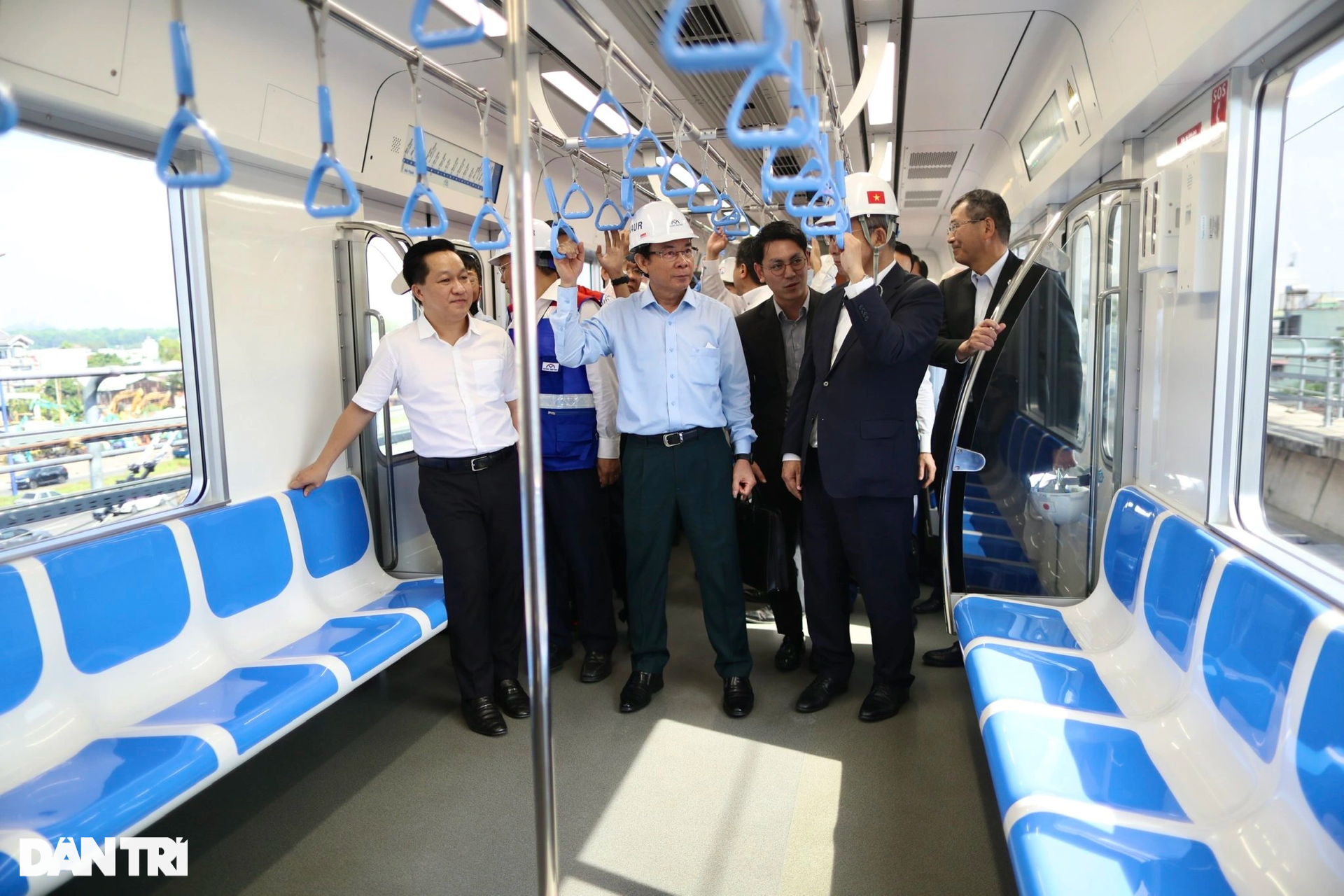
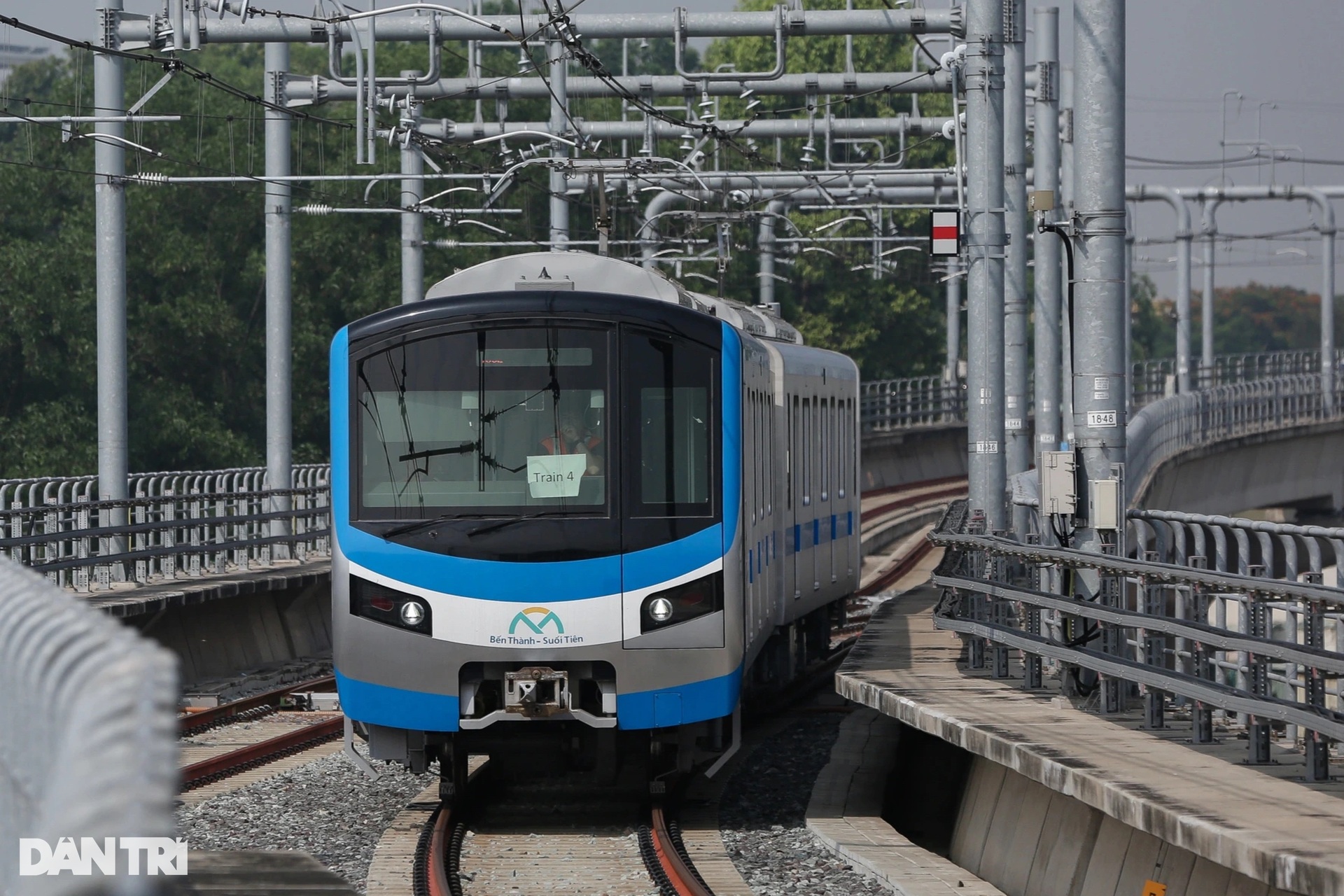
Leaders of Ho Chi Minh City, Japan and related units exchanged while the train moved to Binh Thai station (Thu Duc city).
From the beginning of 2023 to 2024, the experience trips of metro train No. 1 will take place continuously and more frequently. Ho Chi Minh City residents are invited to experience metro train No. 1 with joy and excitement.
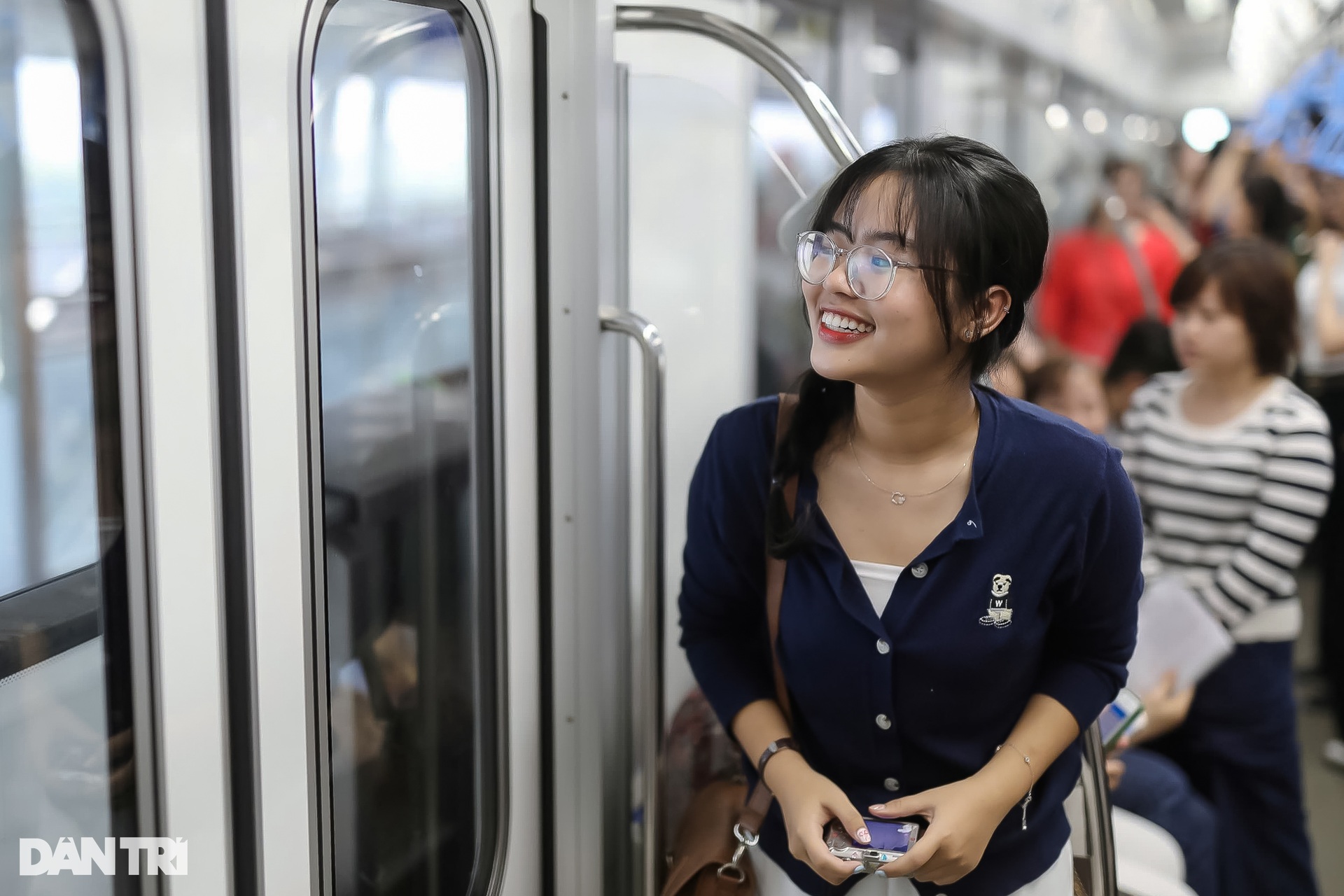
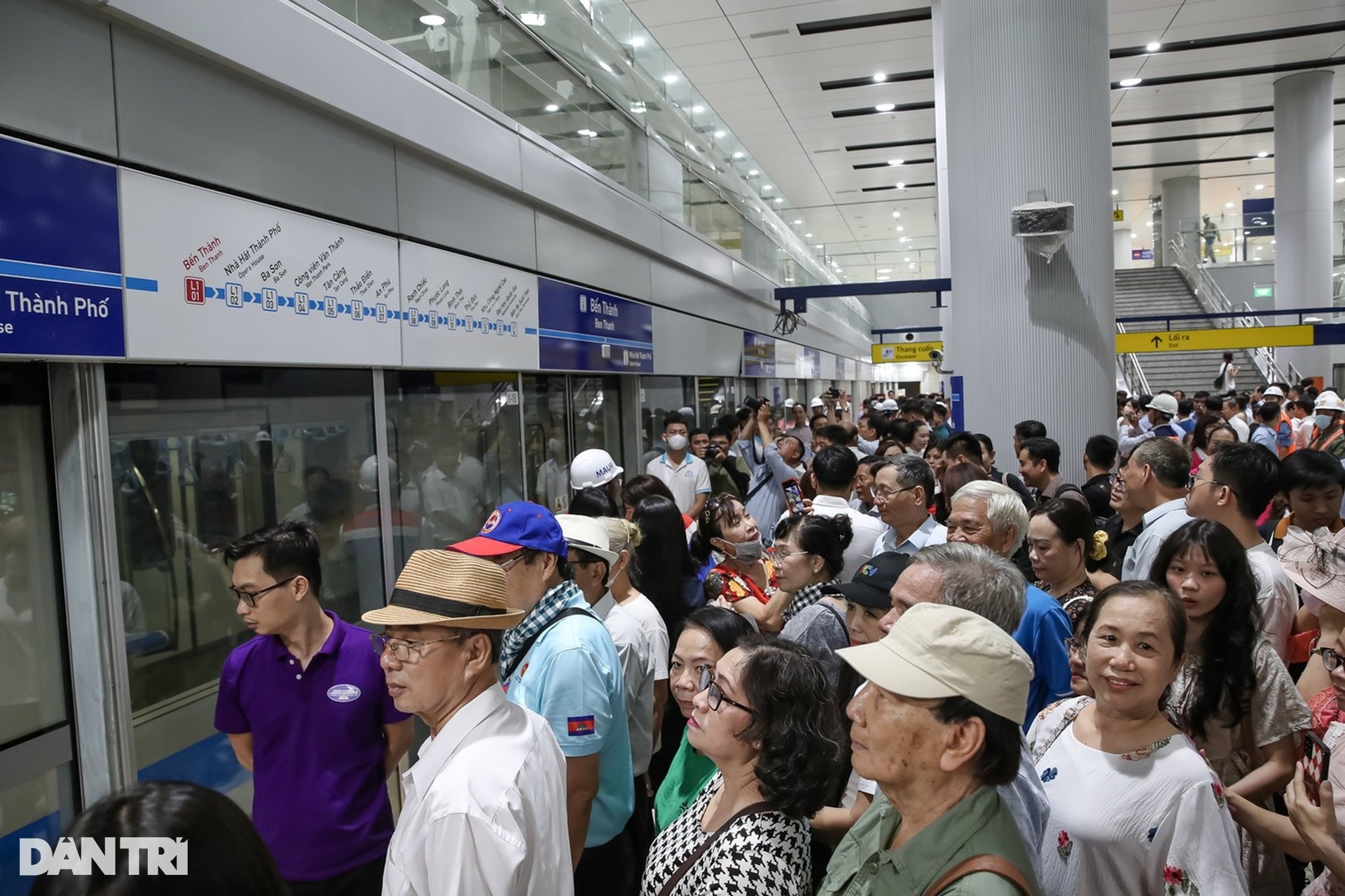
Visitors experiencing Metro Line 1 for the first time could not hide their joy and excitement when witnessing the modernity and convenience of this new transport route. They expressed their hope that Ho Chi Minh City will soon put the project into commercial operation, contributing to significantly improving the city's public transport system.
Besides, many people also hope that Ho Chi Minh City will soon simultaneously build the remaining metro lines in the urban railway network, creating an effective connecting traffic system (Photo: Nam Anh).
Sprint phase
In early 2024, the Metro Line 1 project officially entered the decisive final stage. Training for the operating team has been deployed, ensuring that all personnel are familiar with the process and ready for real-life situations. At the same time, scenarios for trial operation and incident handling during commercial operation, expected to begin in December, have been planned in detail and thoroughly rehearsed.
This phase is not only the final test to ensure the safety and efficiency of the city's first metro line, but also an important stepping stone, marking careful preparation before putting it into operation.
In October 2024, Metro Line 1 officially launched the largest-ever simulation incident response drills, with more than 1,000 people and many units participating. This activity aims to improve the ability of staff and related units to respond quickly and effectively to unexpected situations, ensuring absolute safety for passengers.
Simulating real-life incidents also helps to perfect the operating process, test the coordination between departments, and identify areas for improvement in the system. This is an important preparation step to ensure that Metro Line 1 is ready for commercial operation safely, stably, and meets people's expectations (Photo: Nam Anh).
All set
After 12 years of construction, on November 21, 2024, the Ho Chi Minh City Urban Railway Project Management Board (investor) announced that it had officially completed the entire construction part and will put metro line No. 1 Ben Thanh - Suoi Tien into operation on December 22.
Meanwhile, the investor is still completing the procedures and acceptance documents in accordance with regulations for commercial exploitation of metro line 1.
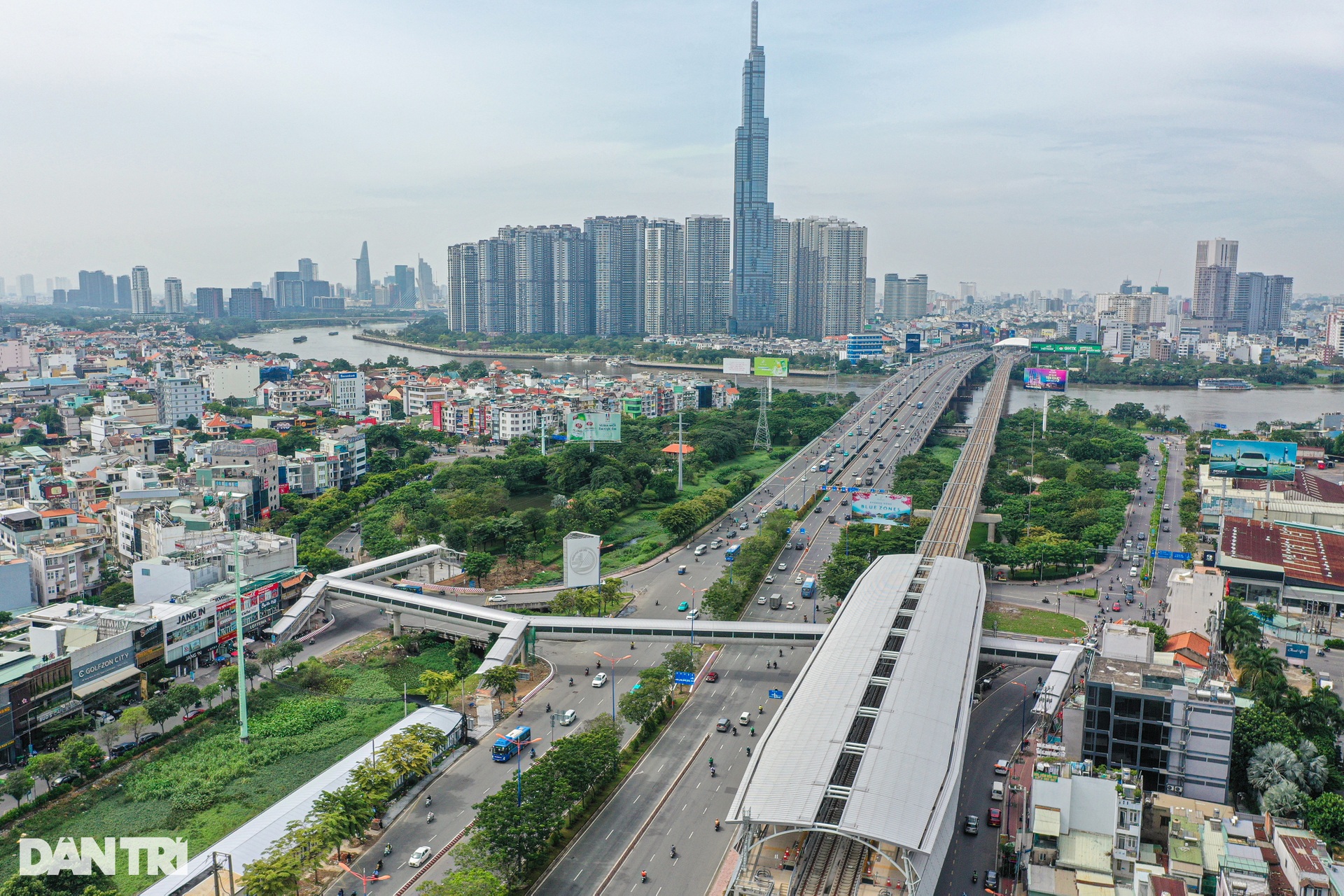
Also in November 2024, all 9 pedestrian bridges connecting metro station No. 1 (Ben Thanh - Suoi Tien) along Thu Duc City will complete construction and installation.
These bridges not only ensure convenience and safety for people when moving between stations and neighboring areas, but also contribute to creating a modern highlight, synchronized with the metro system.
Metro line 1 running along Vo Nguyen Giap street and Hanoi highway is now neat and tidy (Photo: Hai Long).
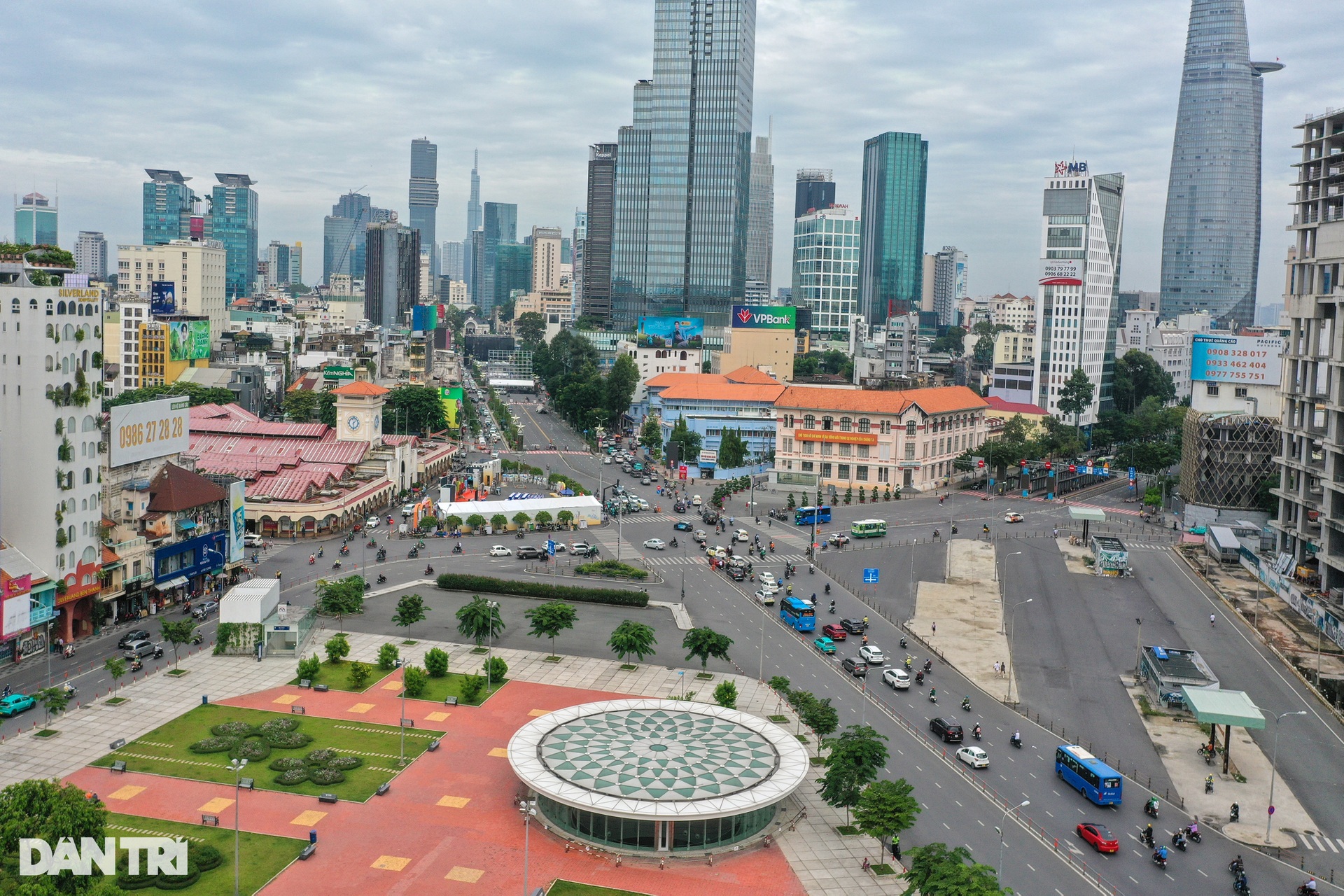
The entire 3 underground stations have completed their architecture since the end of 2023, the surrounding corridors such as signs, campus, green areas, and guidance systems have been installed and are ready to be put into operation from October 2024 (Photo: Hai Long - Thu Tran).
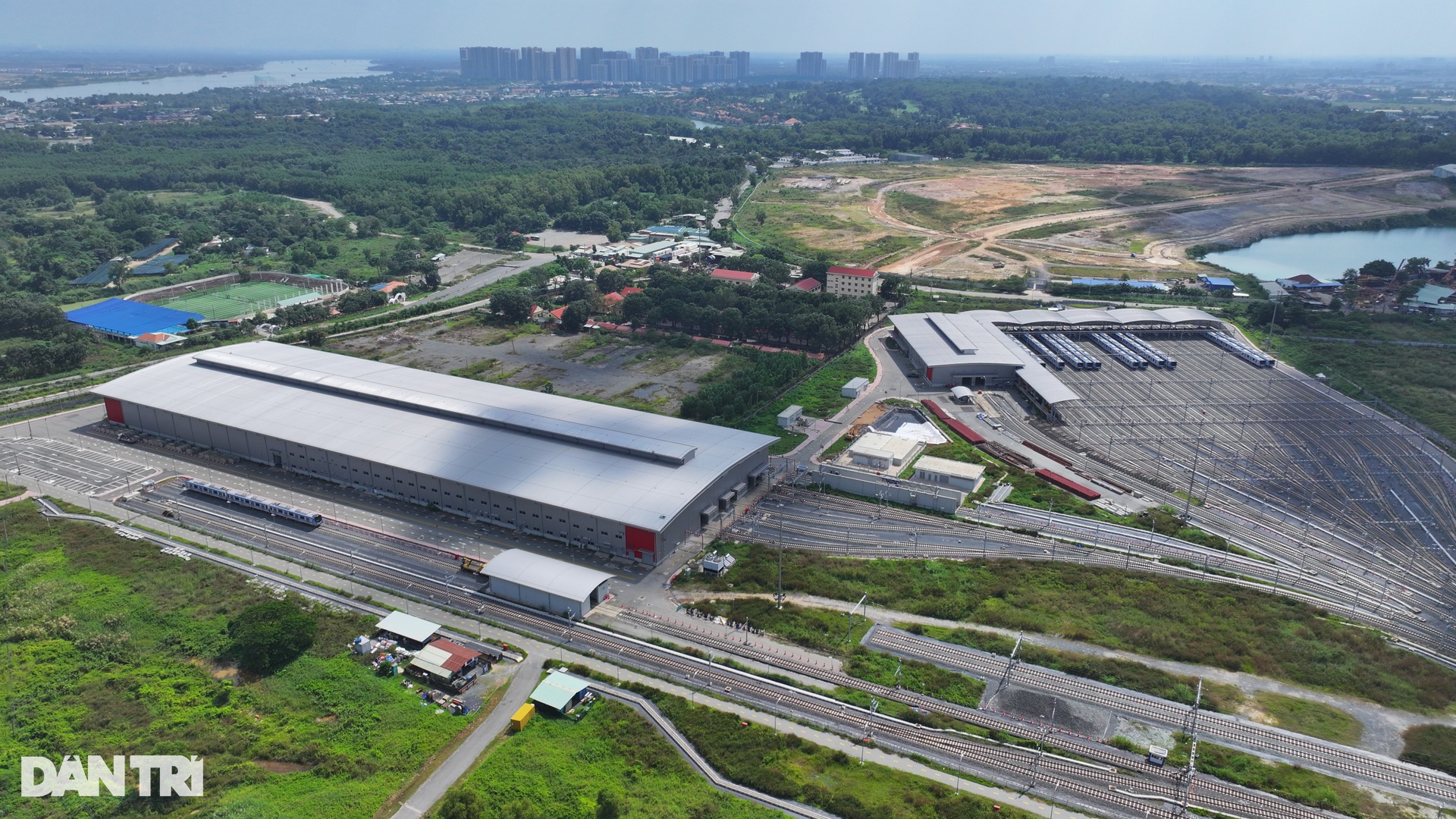
All 17 trains of Metro Line 1 have been granted Certificates of Quality, Technical Safety and Environmental Protection for Railway Vehicles. These 17 trains have all been affixed with inspection stamps (Photo: Hai Long – Thu Tran – Nam Anh).
According to the Ho Chi Minh City Urban Railway Management Board, the completion of metro trains No. 1 inspection and inspection stamps is one of the important milestones, ensuring that the trains on the first urban railway line of Ho Chi Minh City have fully met quality standards and are ready for commercial operation.
On November 21, the Urban Railway Project Management Board announced that the Metro Line 1 project has completed 100% of the construction volume. The city's first urban railway line will enter a new phase - official operation.
On December 22, Metro Line No. 1 Ben Thanh - Suoi Tien will officially operate and welcome passengers, marking an important milestone in the history of developing modern and sustainable transport infrastructure in Ho Chi Minh City.
Dantri.com.vn
Source: https://dantri.com.vn/xa-hoi/cuoc-hen-17-nam-cua-tuyen-metro-dau-tien-o-tphcm-20241207182658312.htm



![[Photo] Ready for the top competitions of Vietnamese table tennis](https://vphoto.vietnam.vn/thumb/1200x675/vietnam/resource/IMAGE/2025/5/18/9c547c497c5a4ade8f98c8e7d44f5a41)
![[Photo] Many young people patiently lined up under the hot sun to receive a special supplement from Nhan Dan Newspaper.](https://vphoto.vietnam.vn/thumb/1200x675/vietnam/resource/IMAGE/2025/5/18/6f19d322f9364f0ebb6fbfe9377842d3)
![[Photo] Party and State leaders attend the special art program "You are Ho Chi Minh"](https://vphoto.vietnam.vn/thumb/1200x675/vietnam/resource/IMAGE/2025/5/18/6895913f94fd4c51aa4564ab14c3f250)














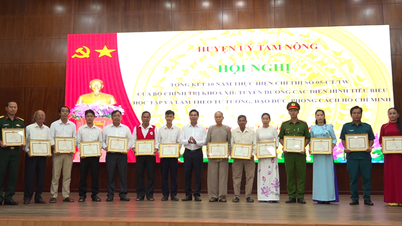
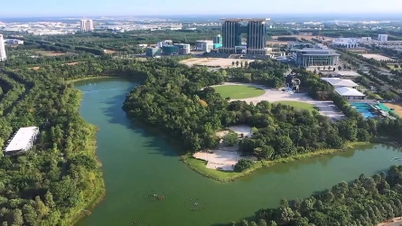

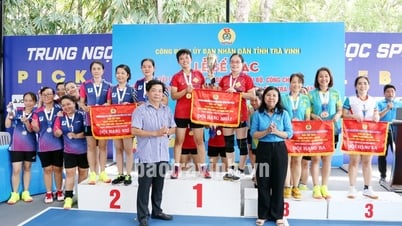
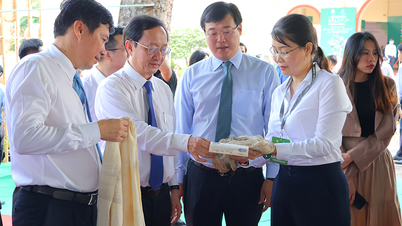
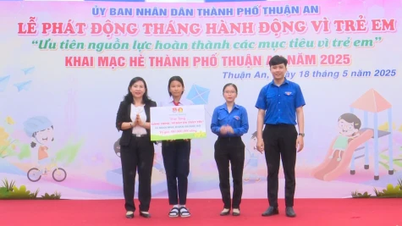
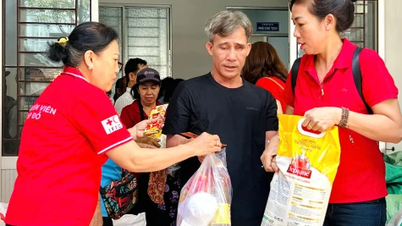







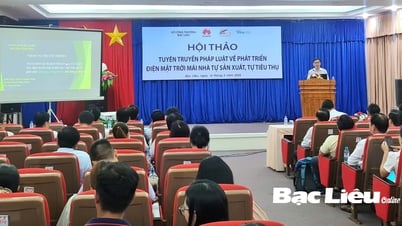
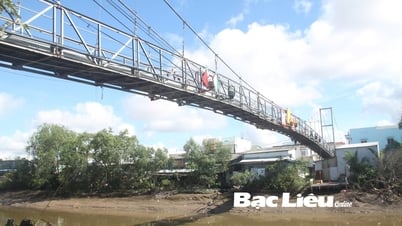
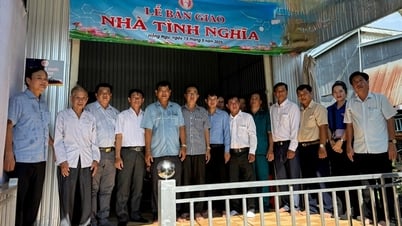
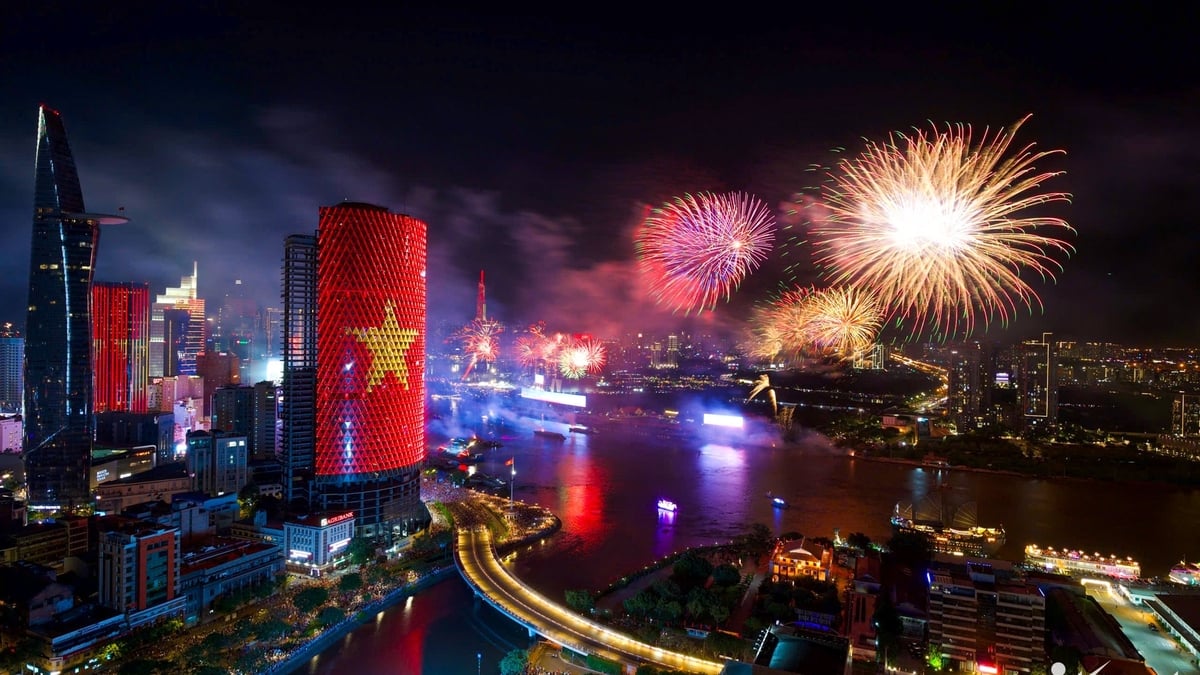





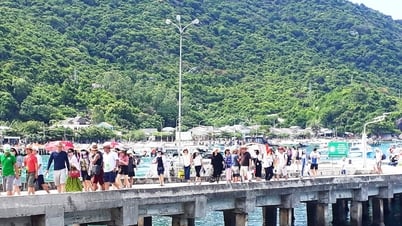










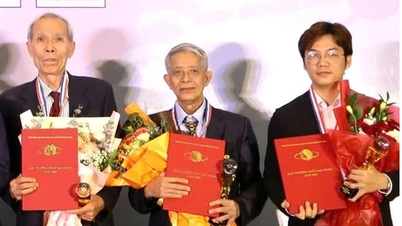







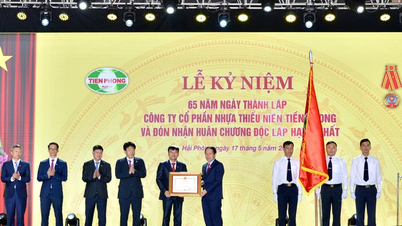


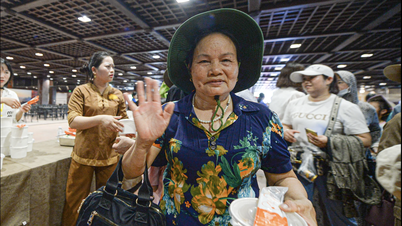

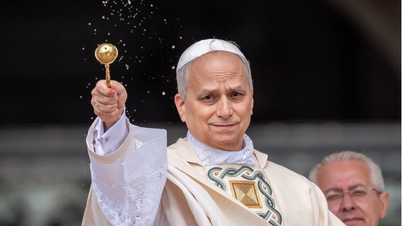




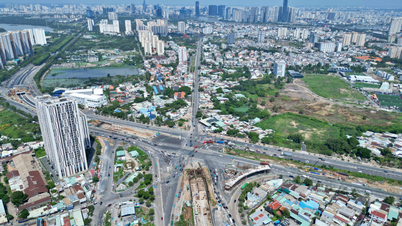
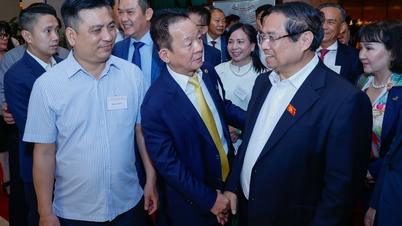
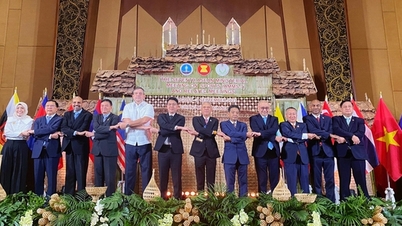

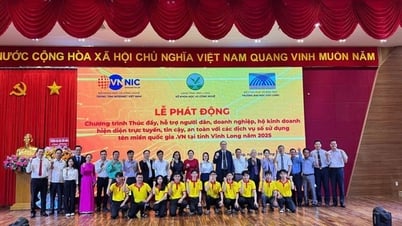

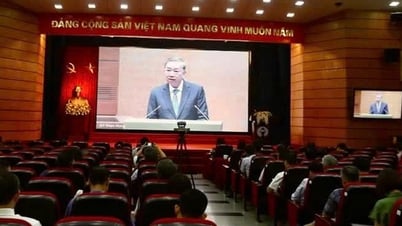
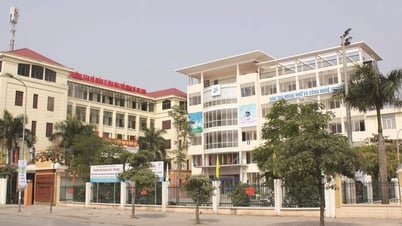

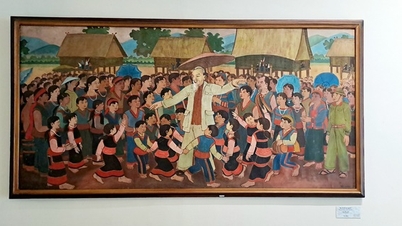





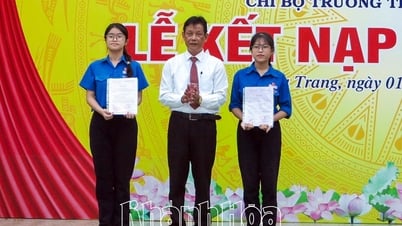
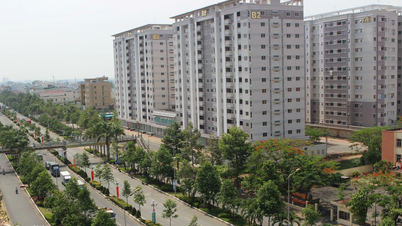

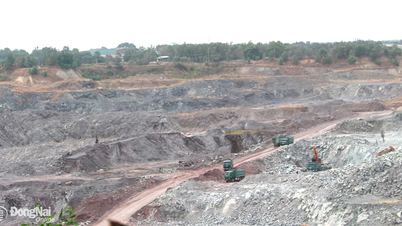









Comment (0)